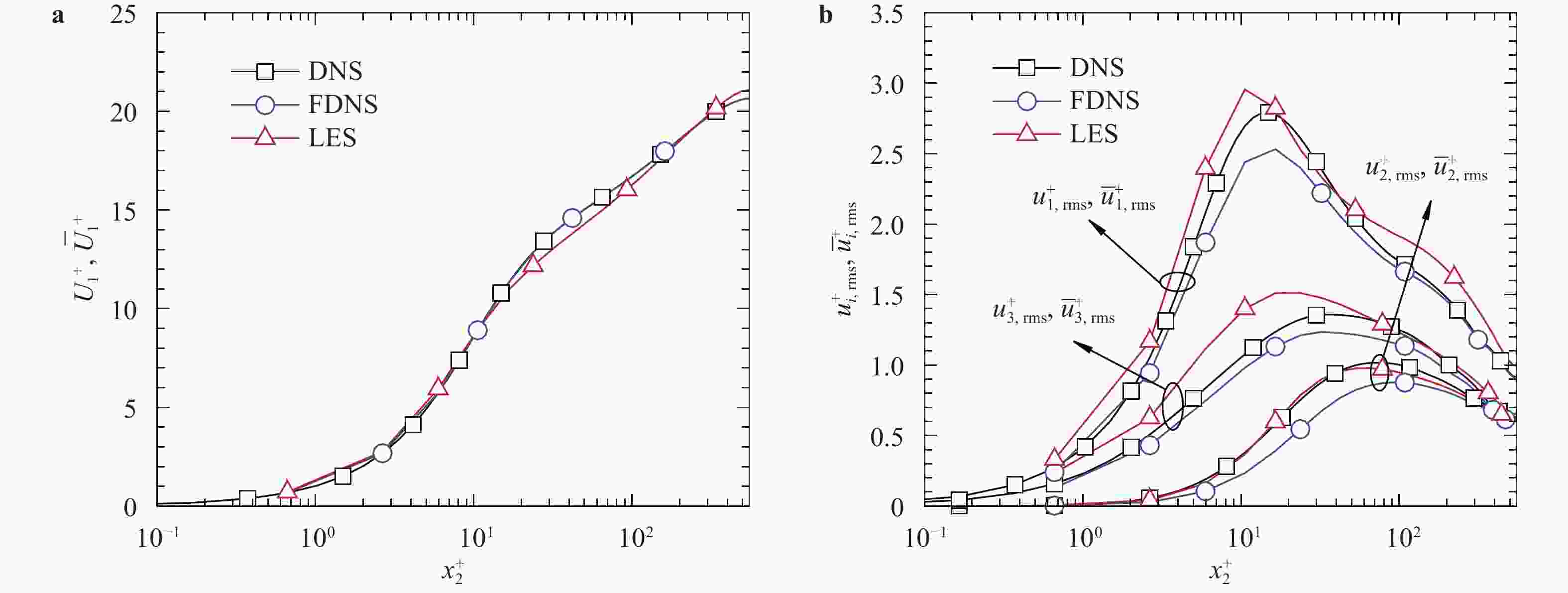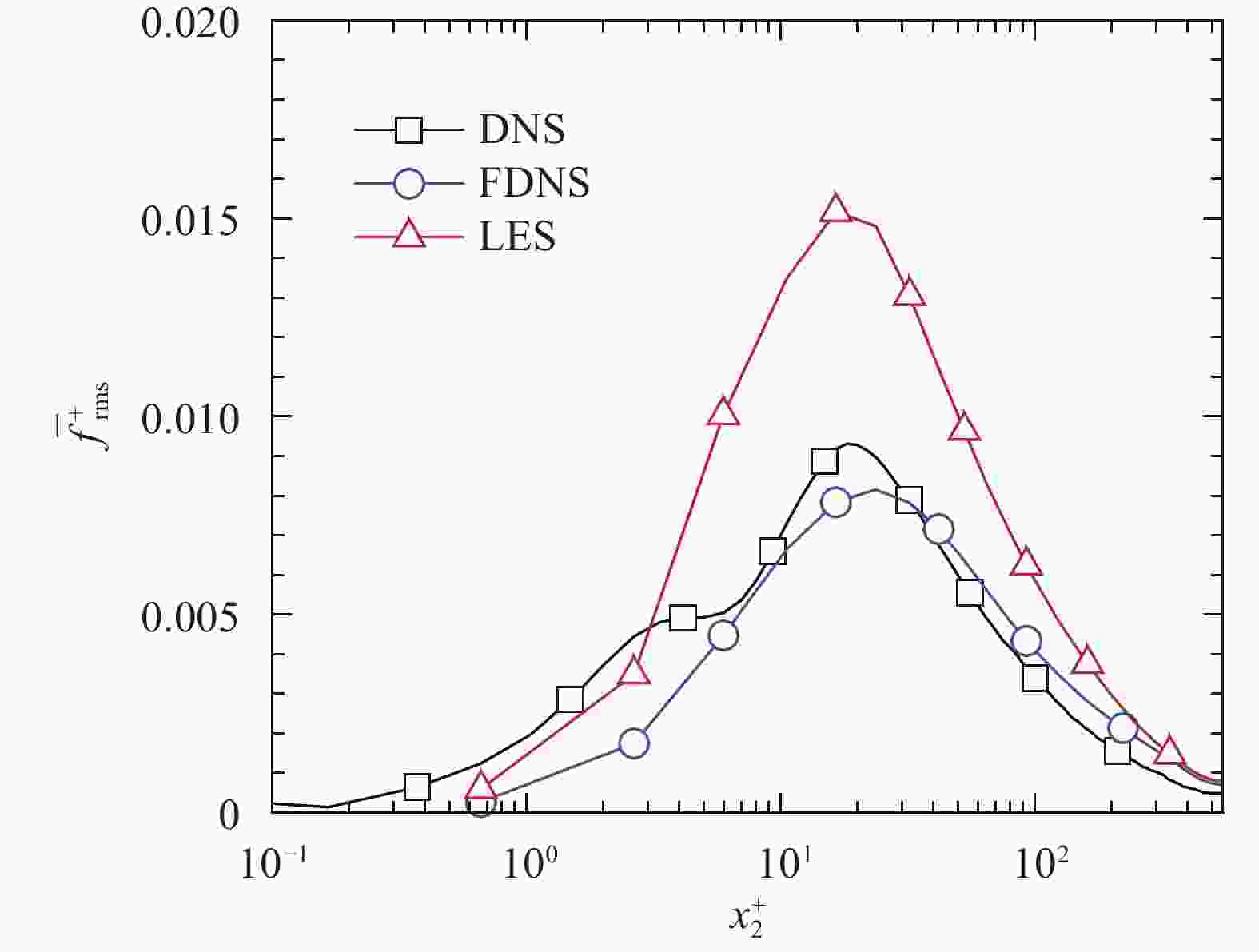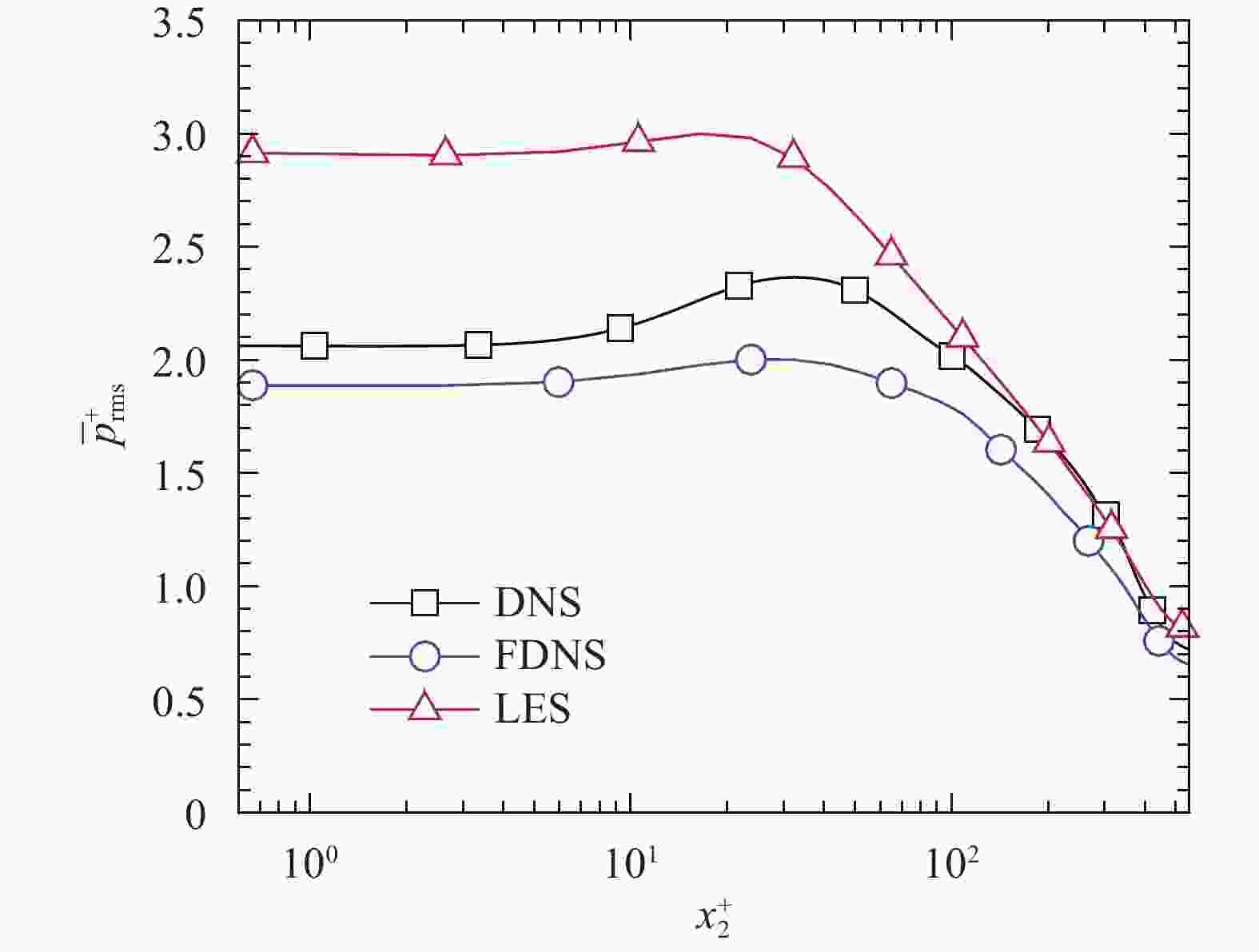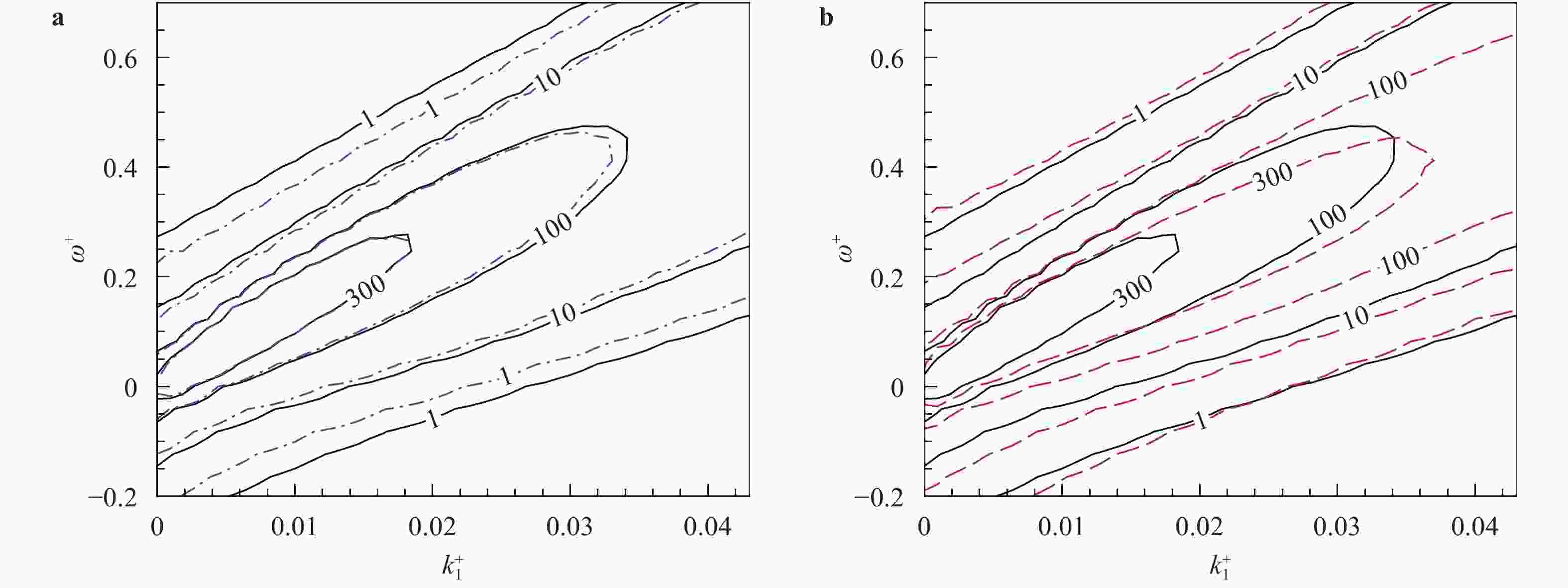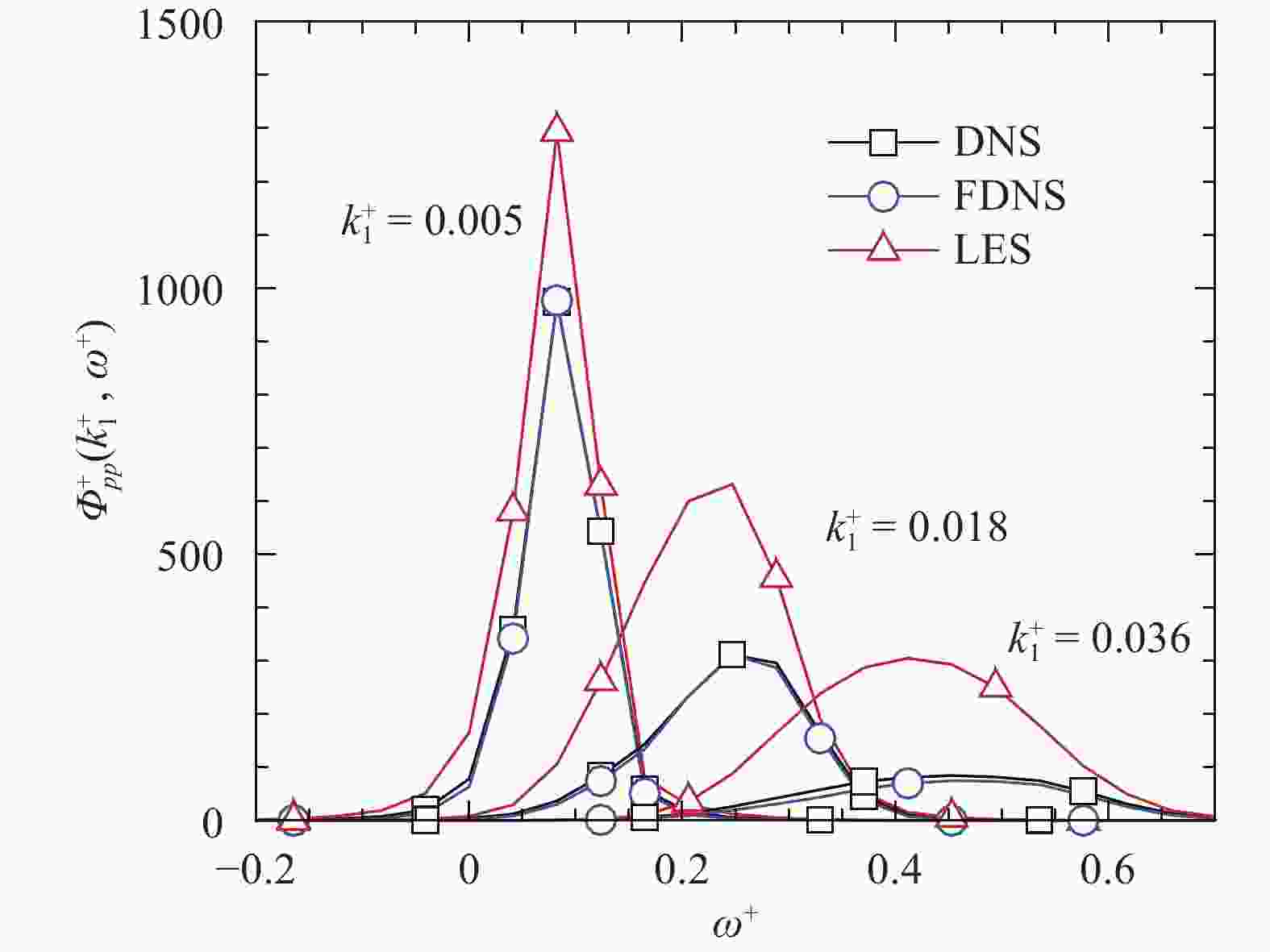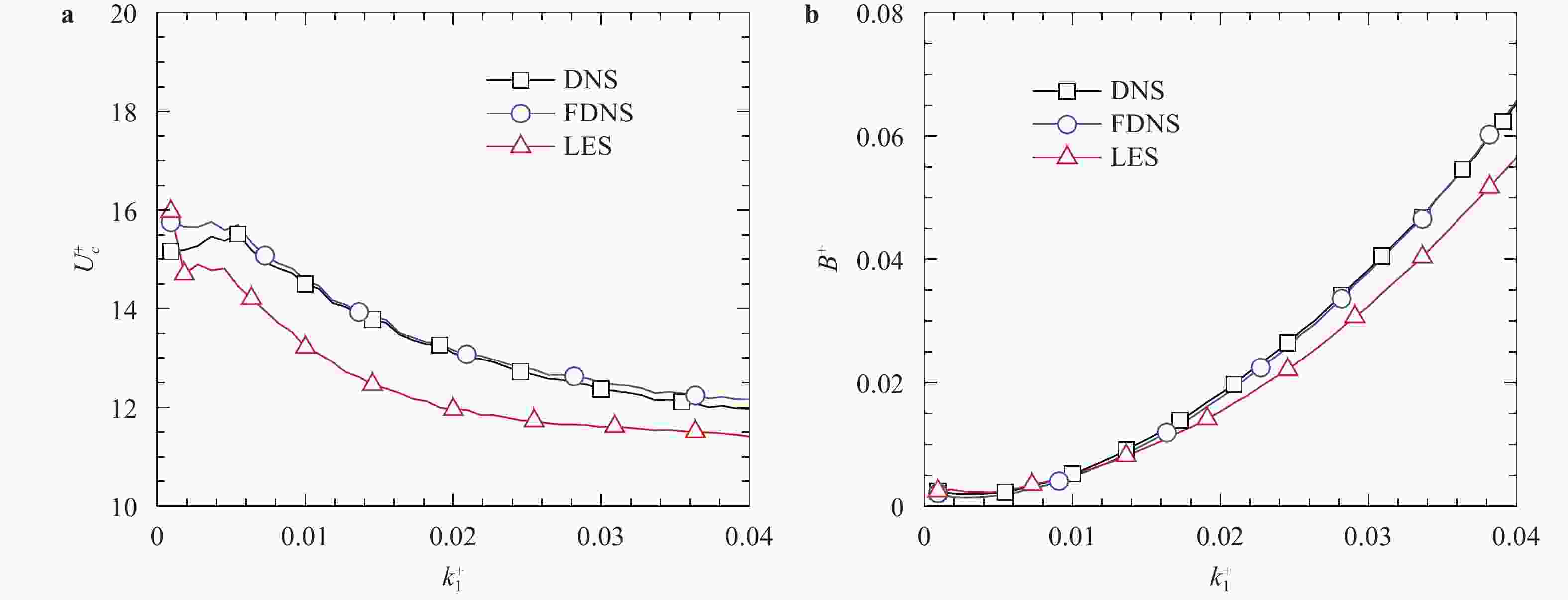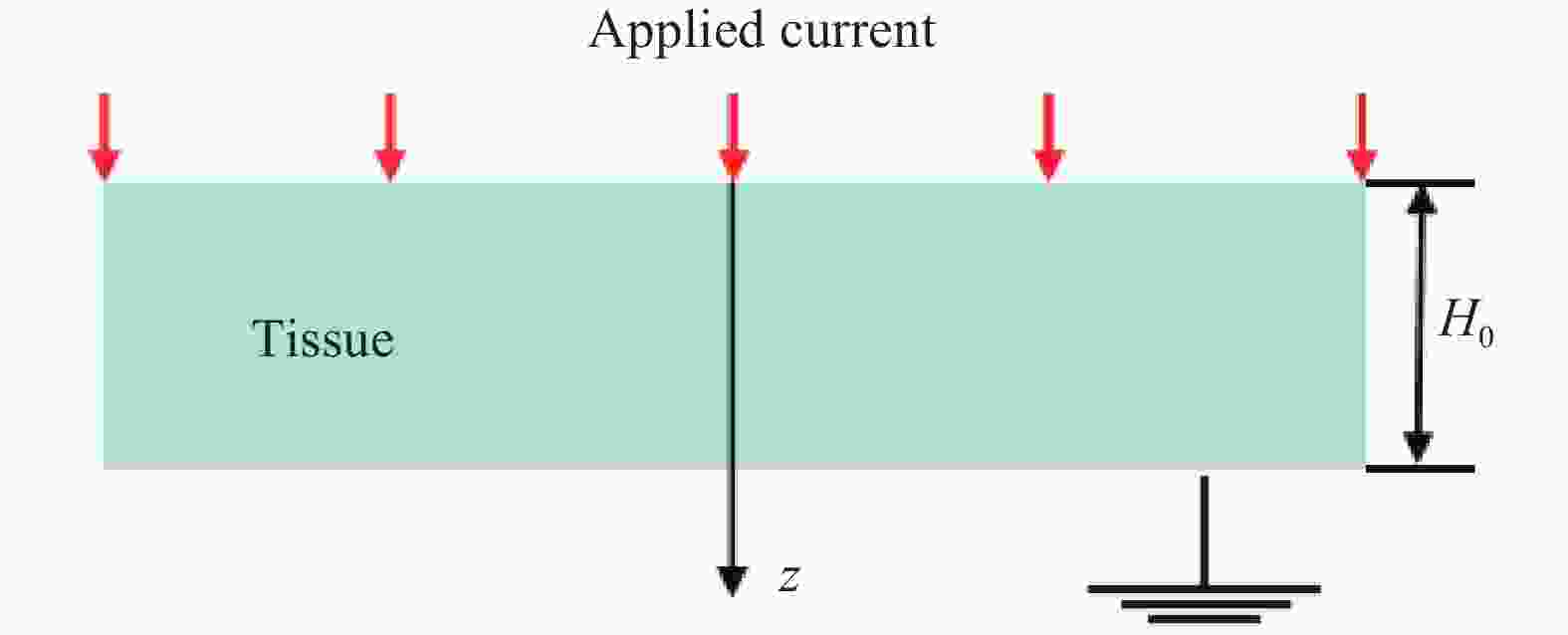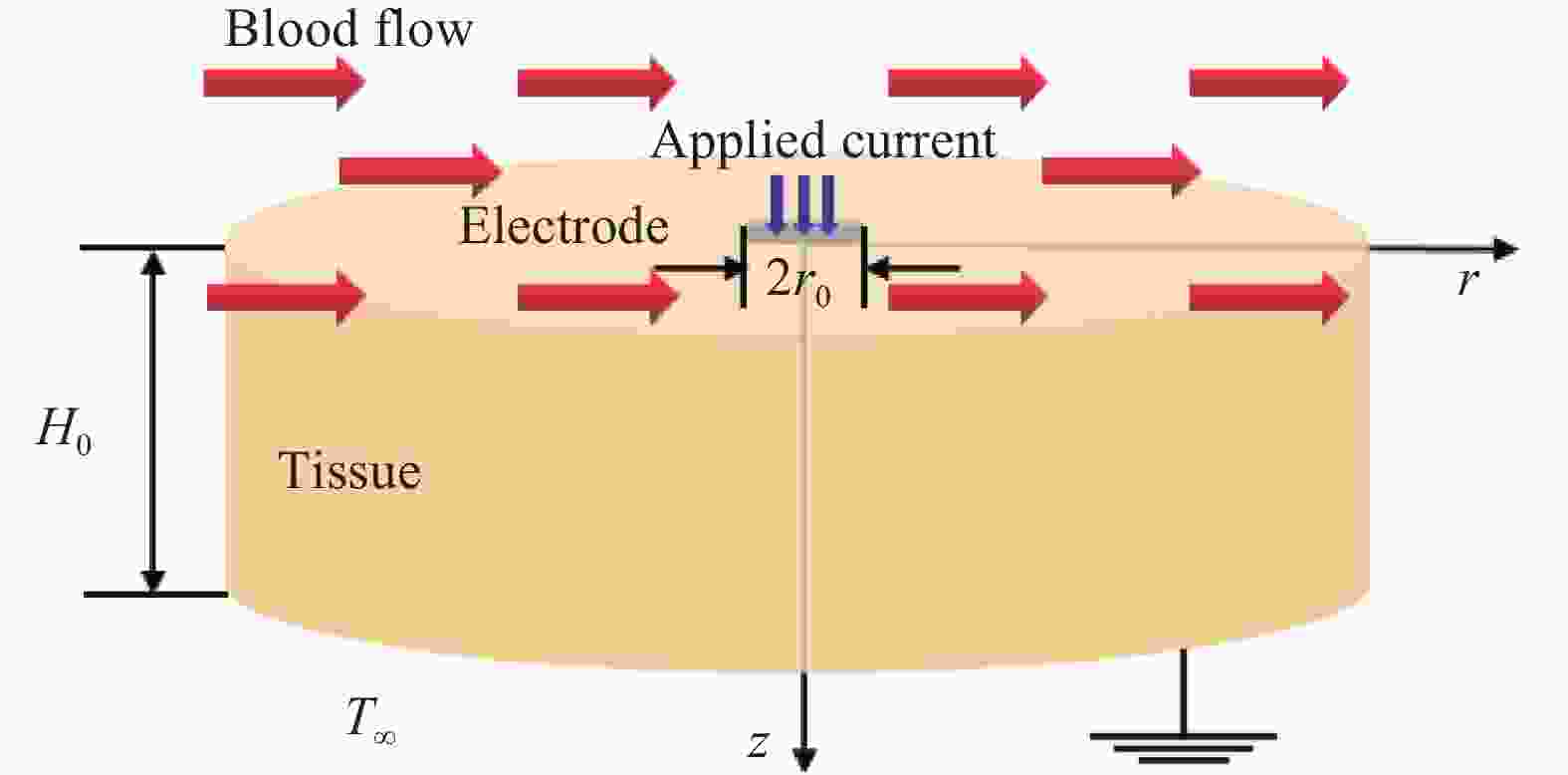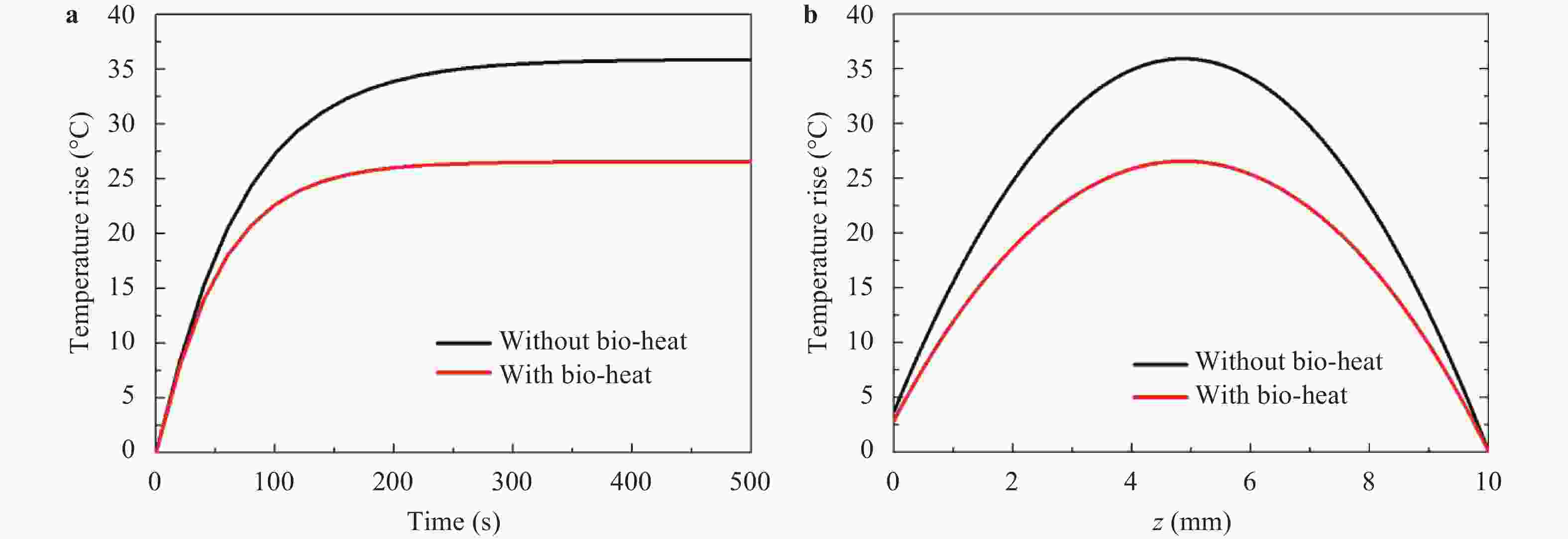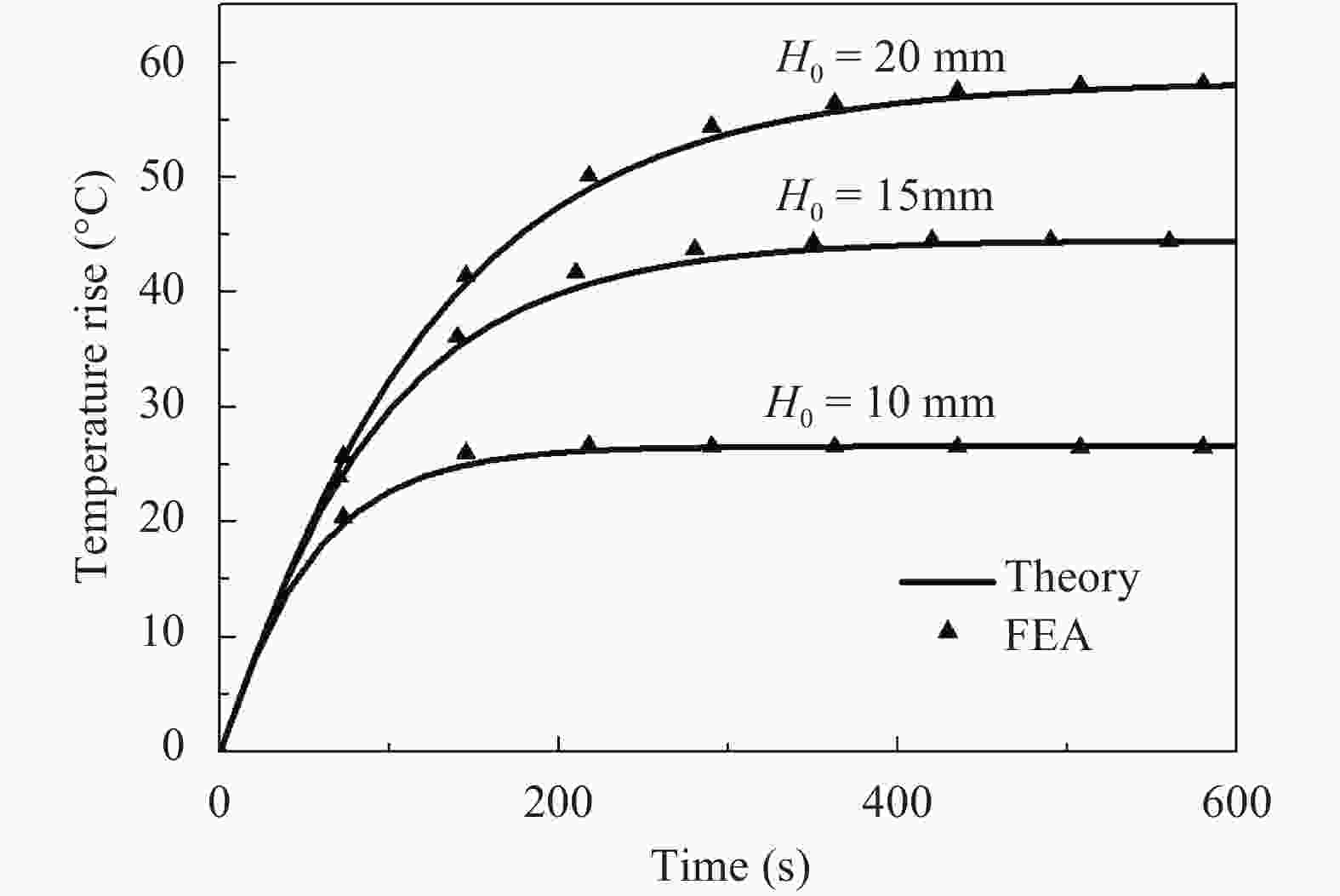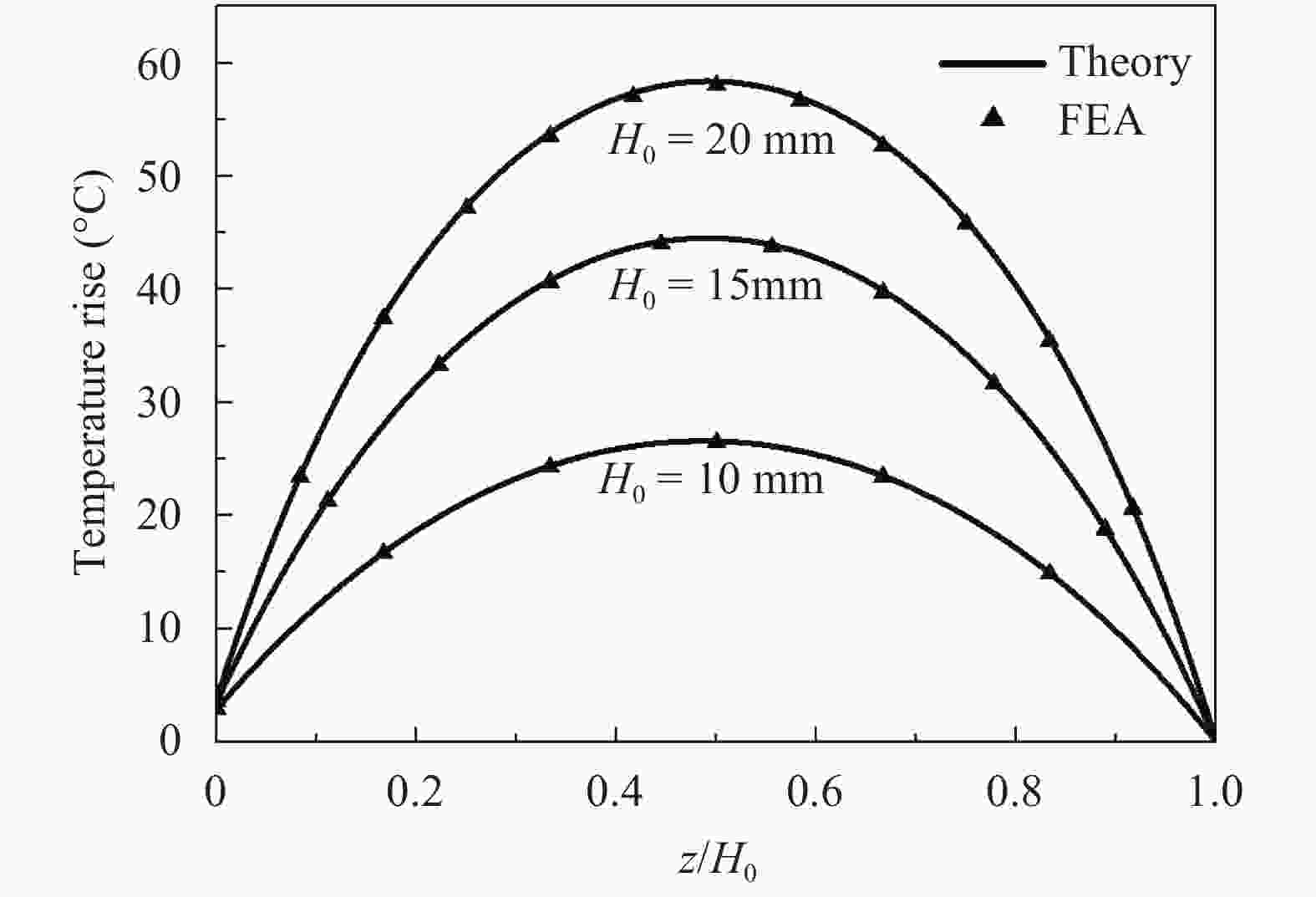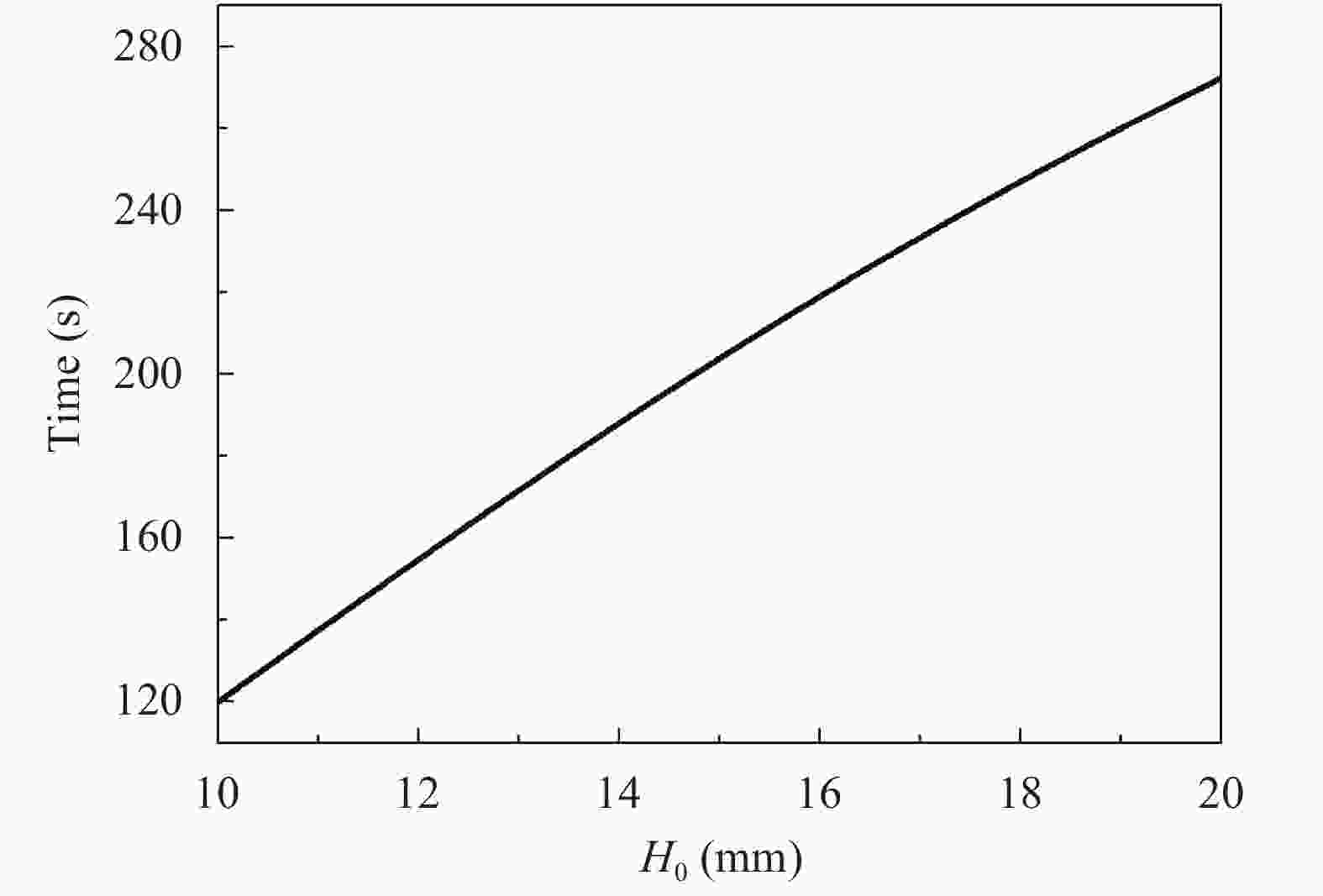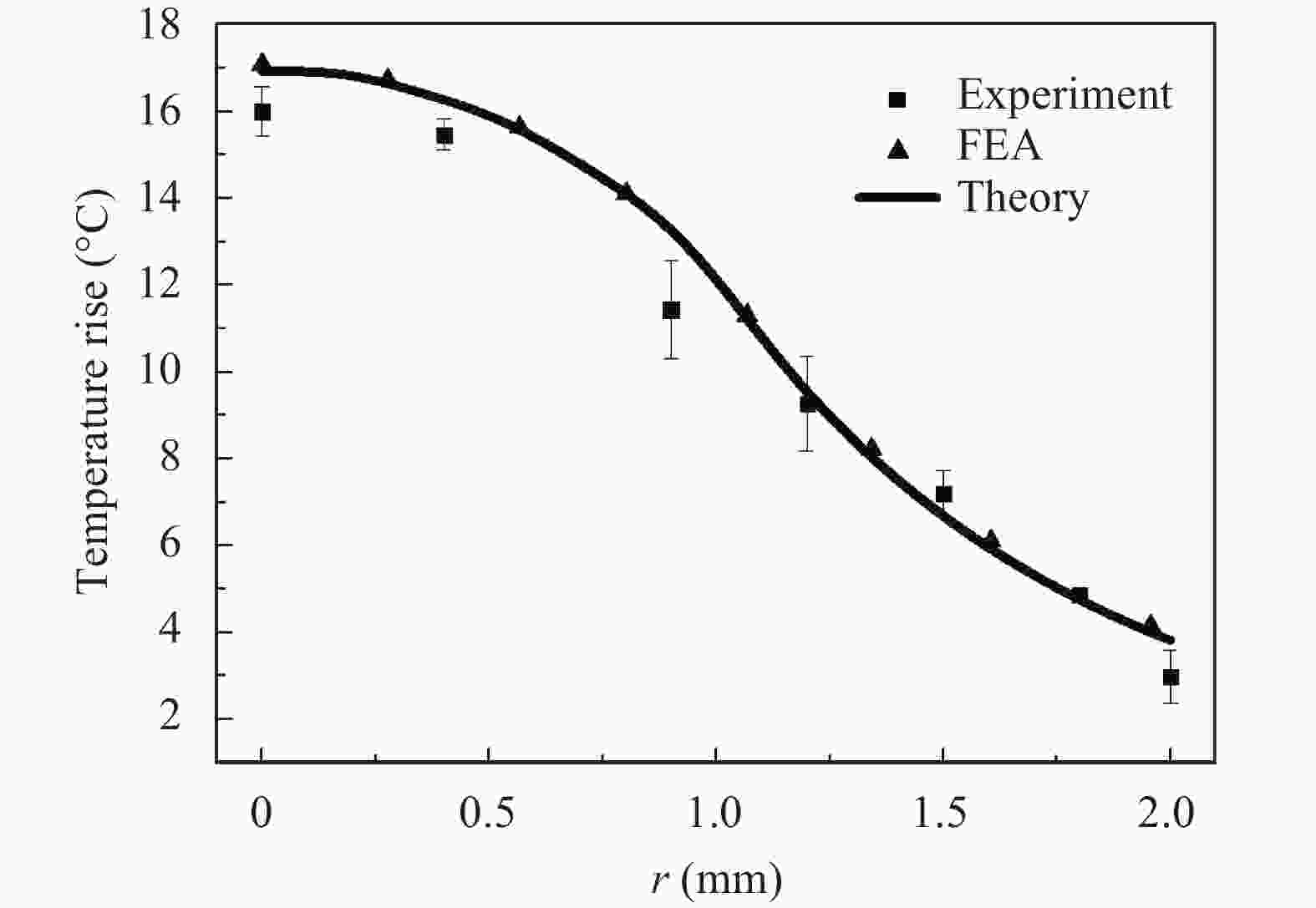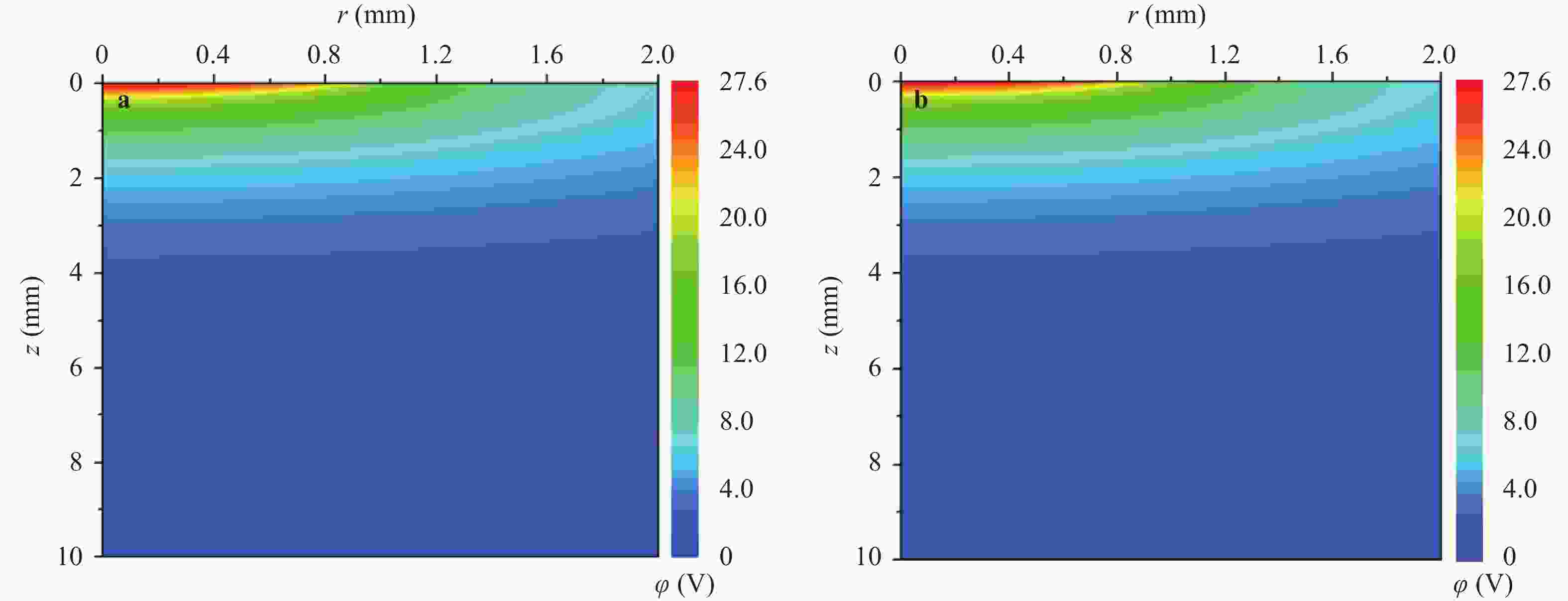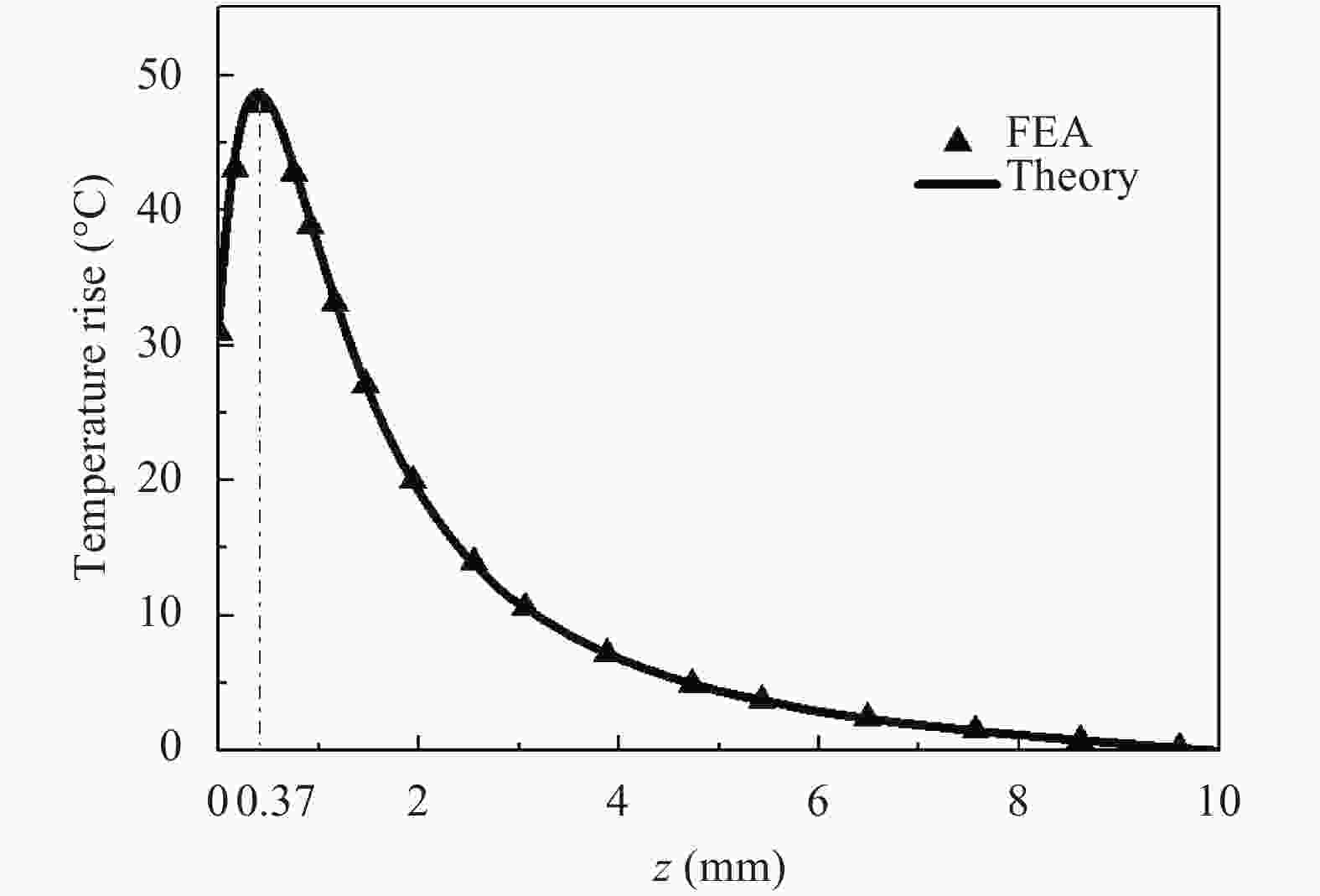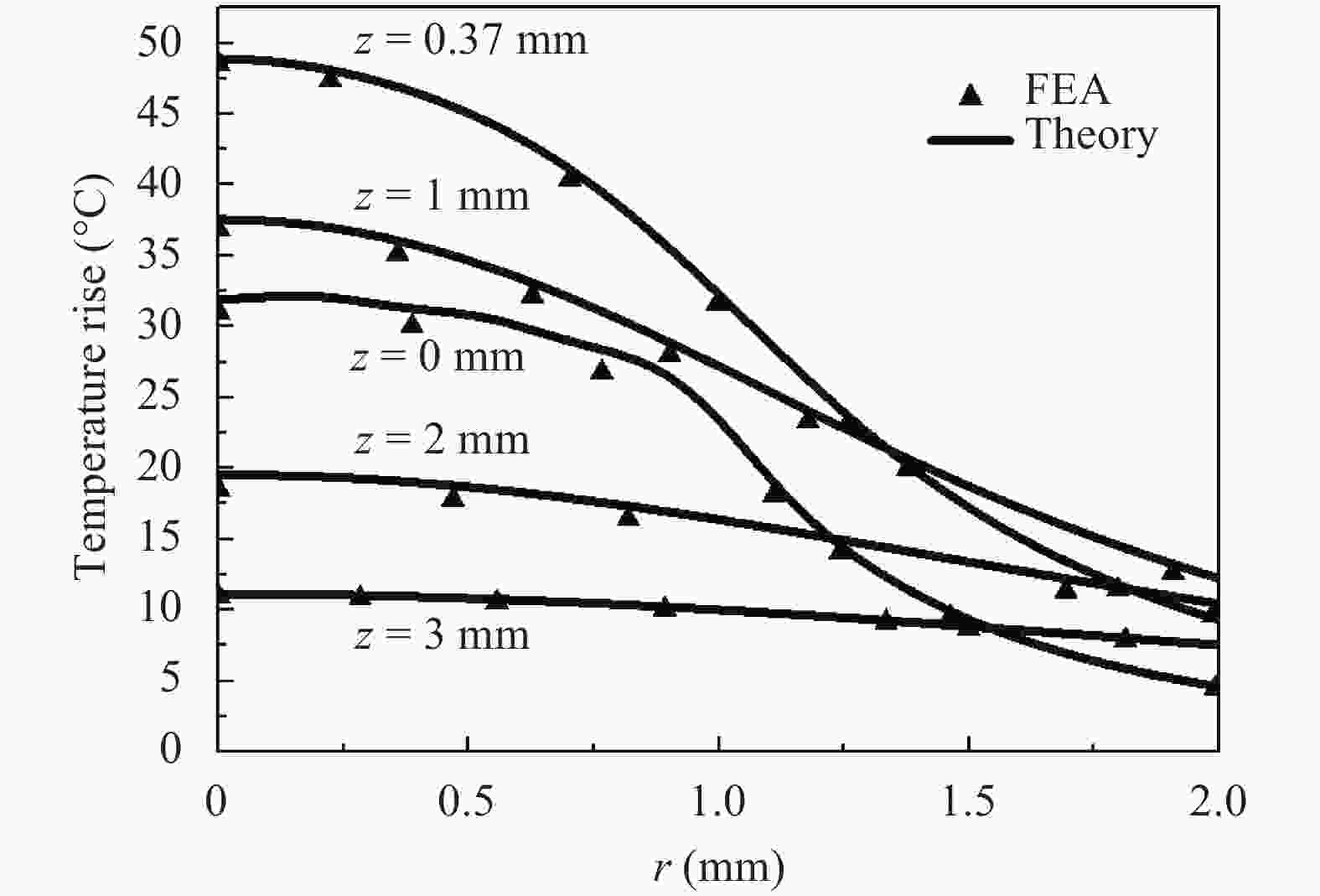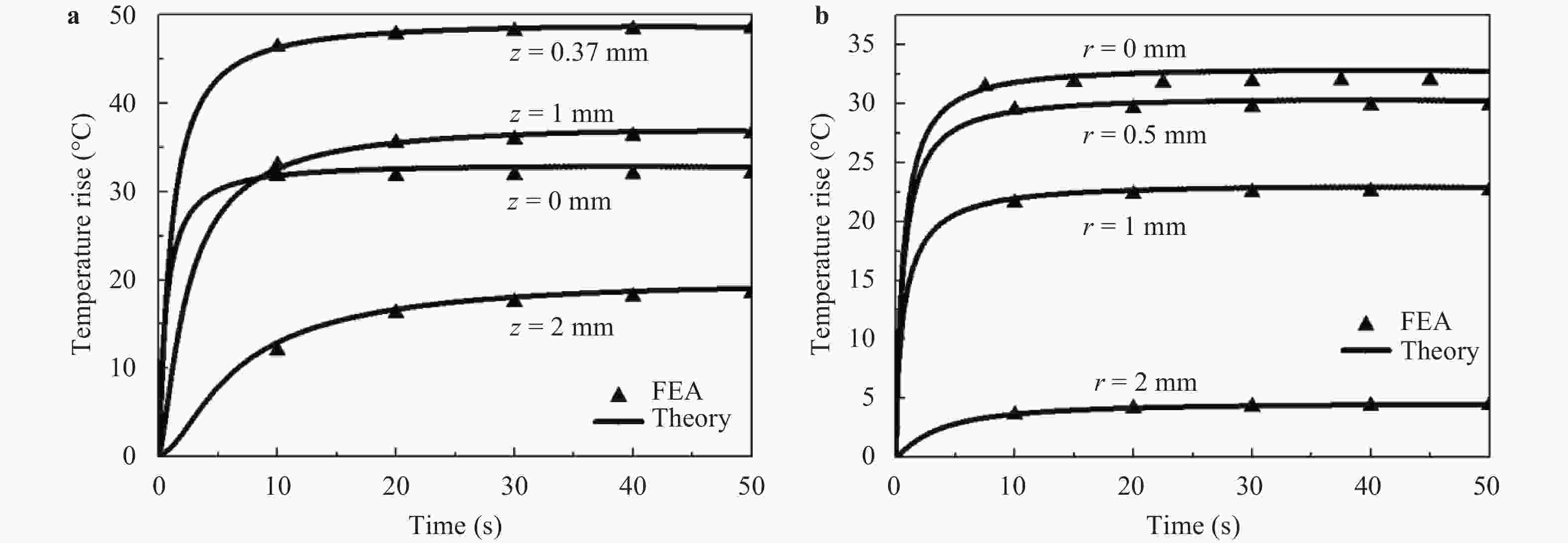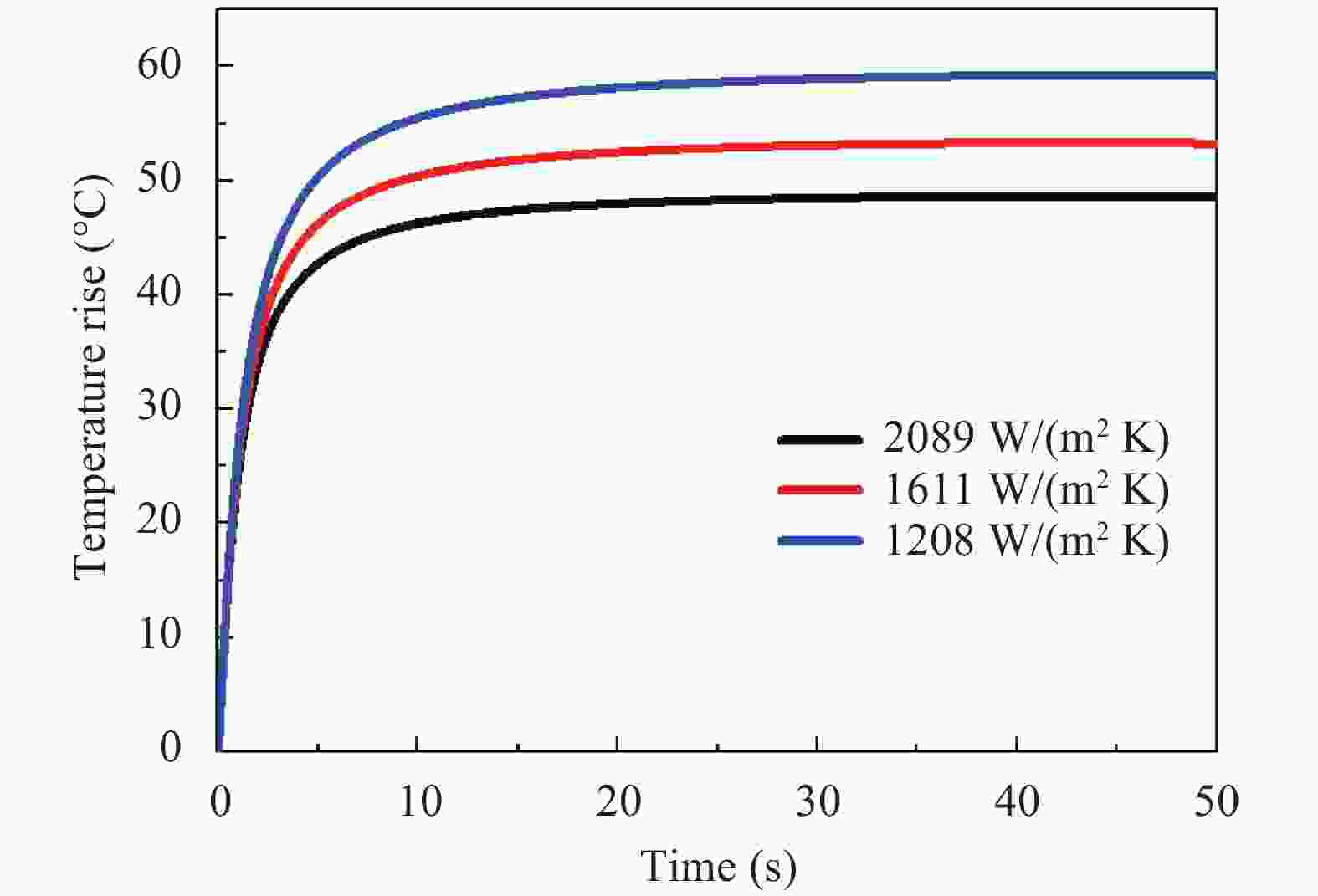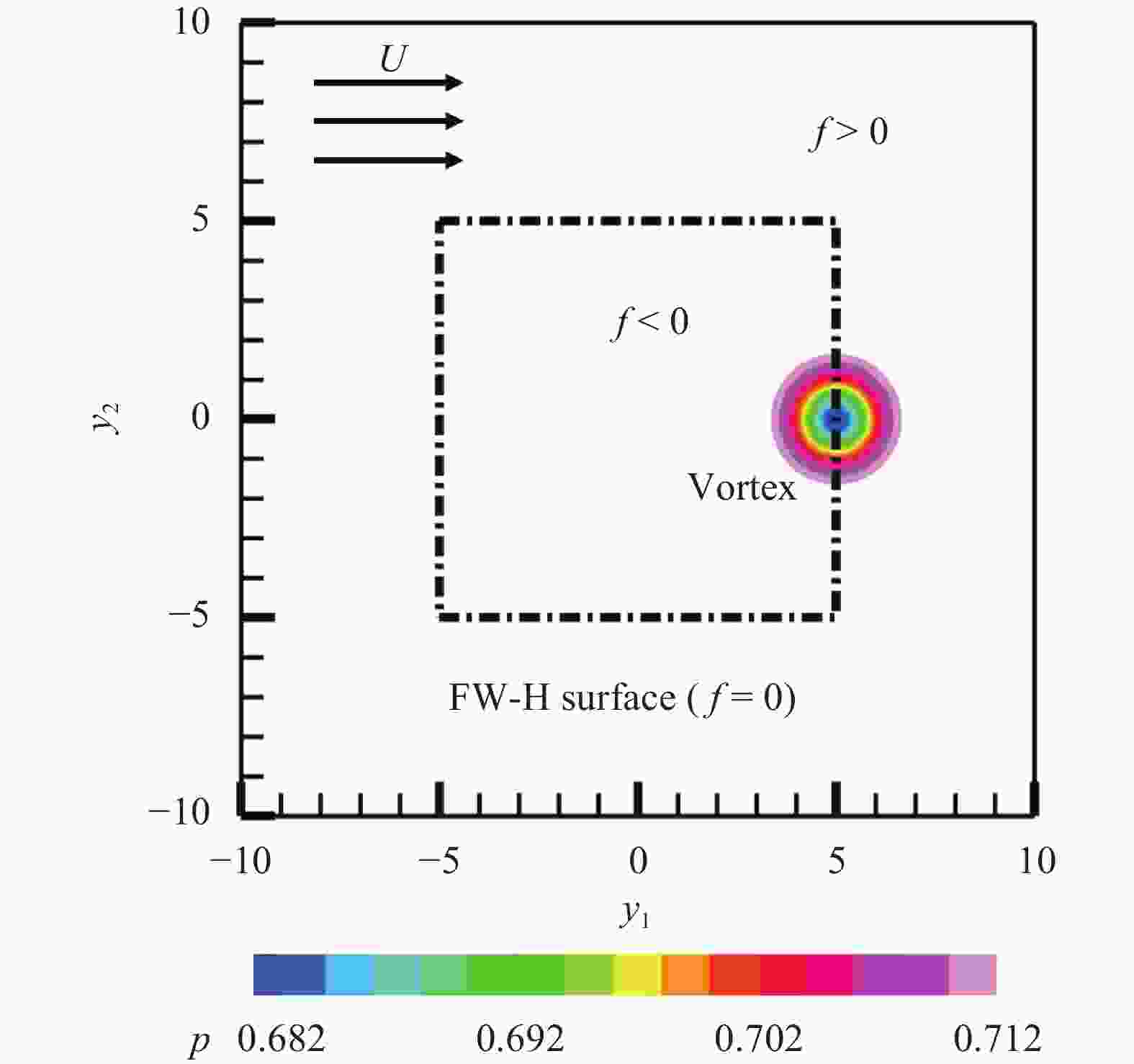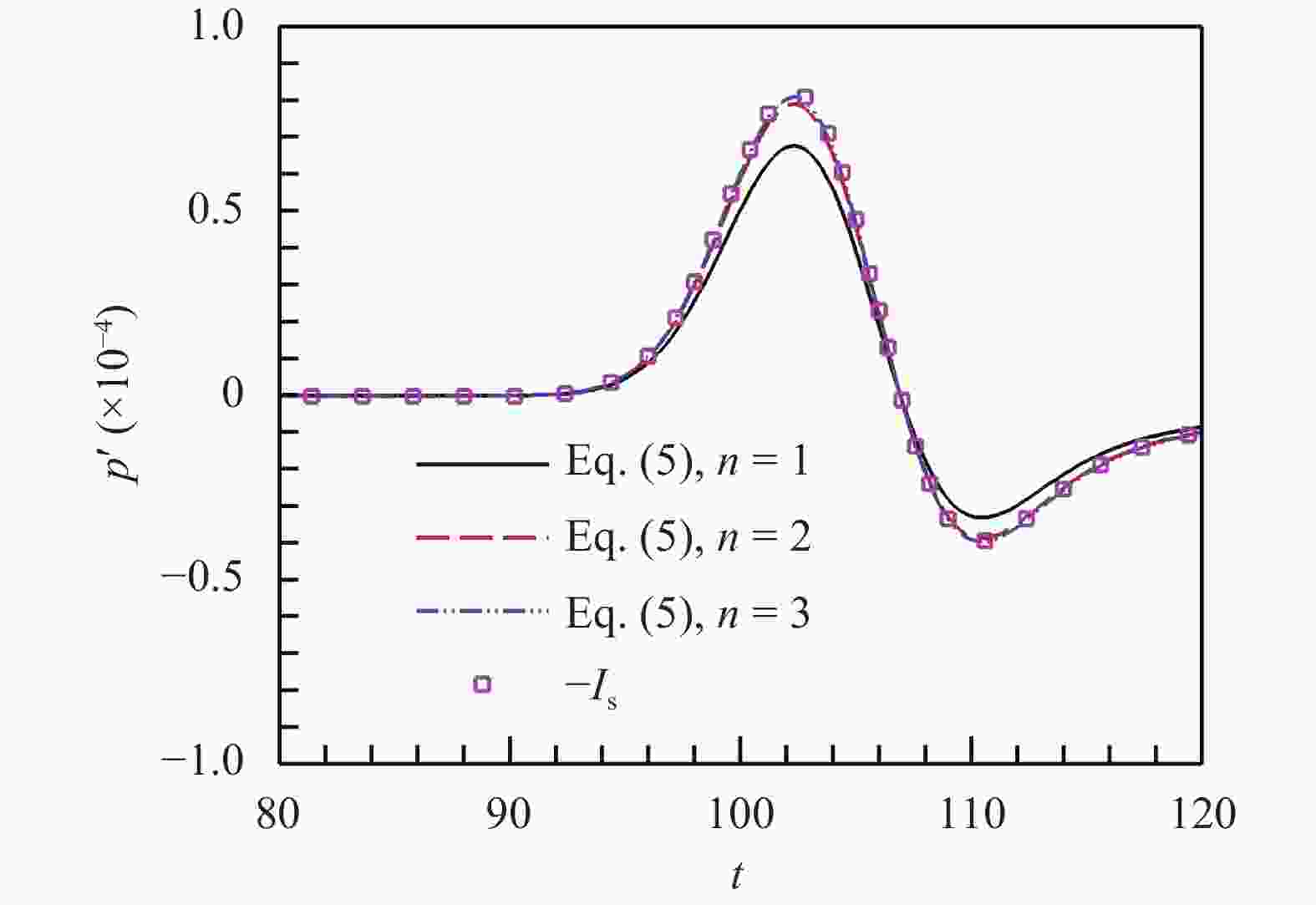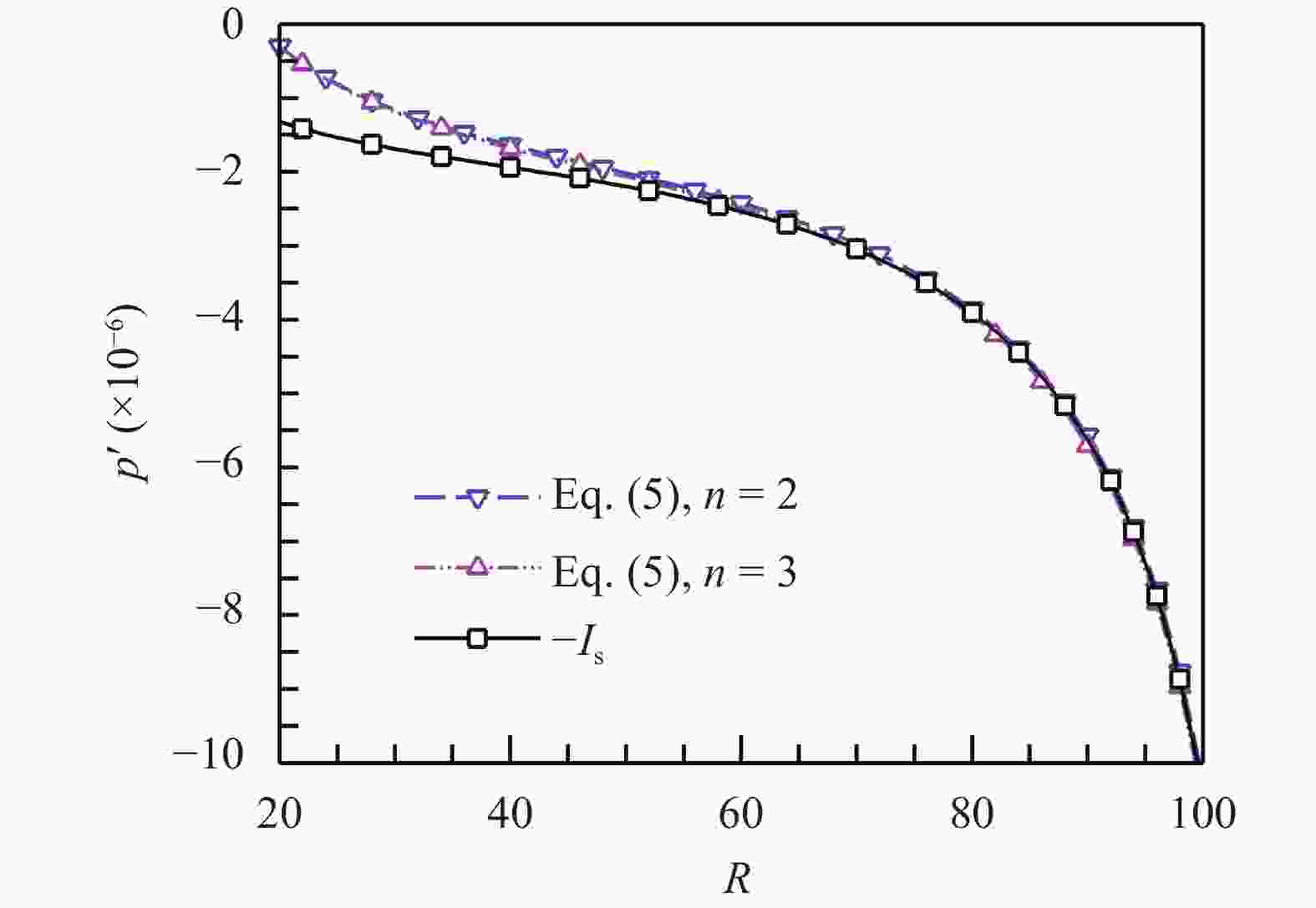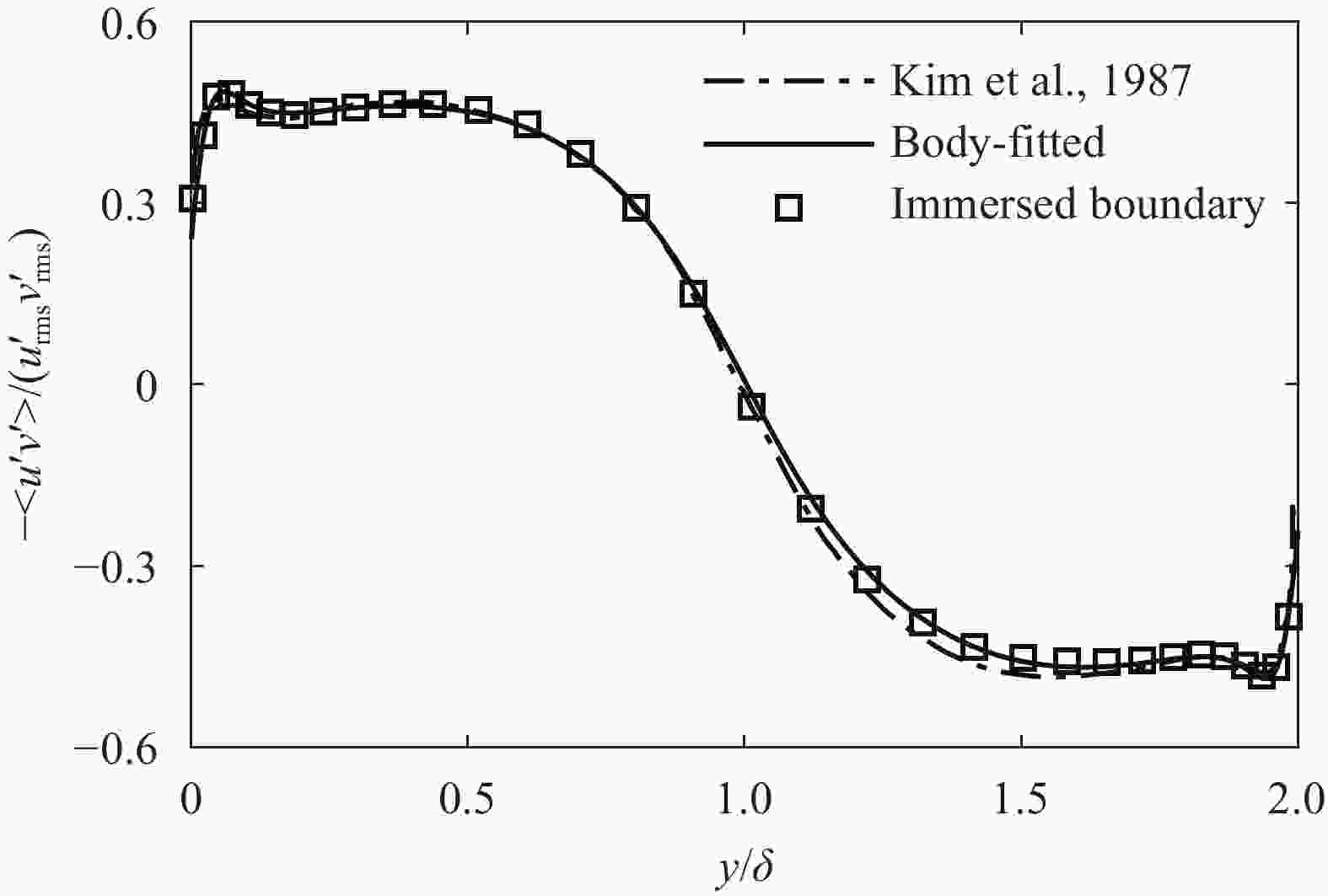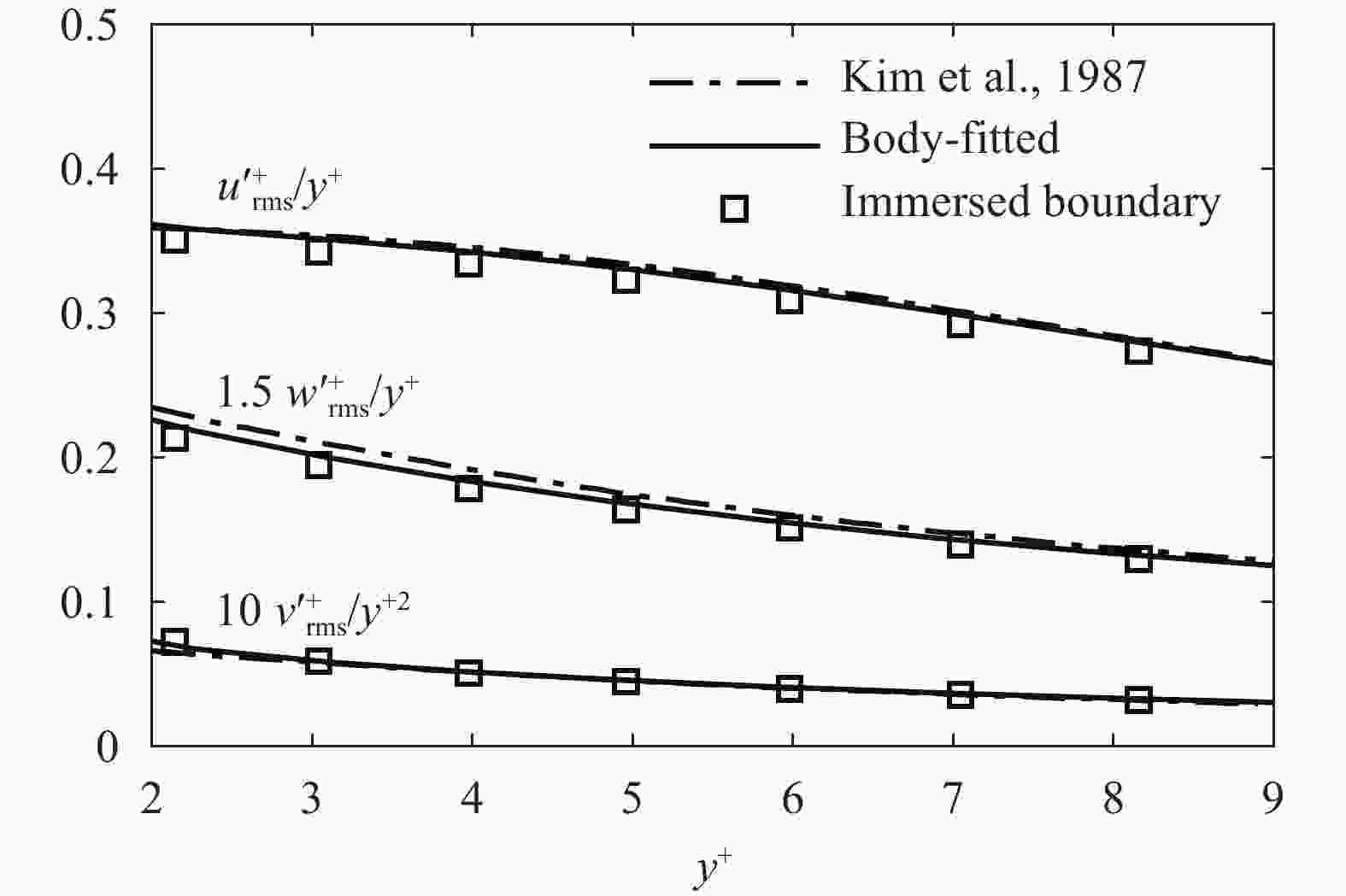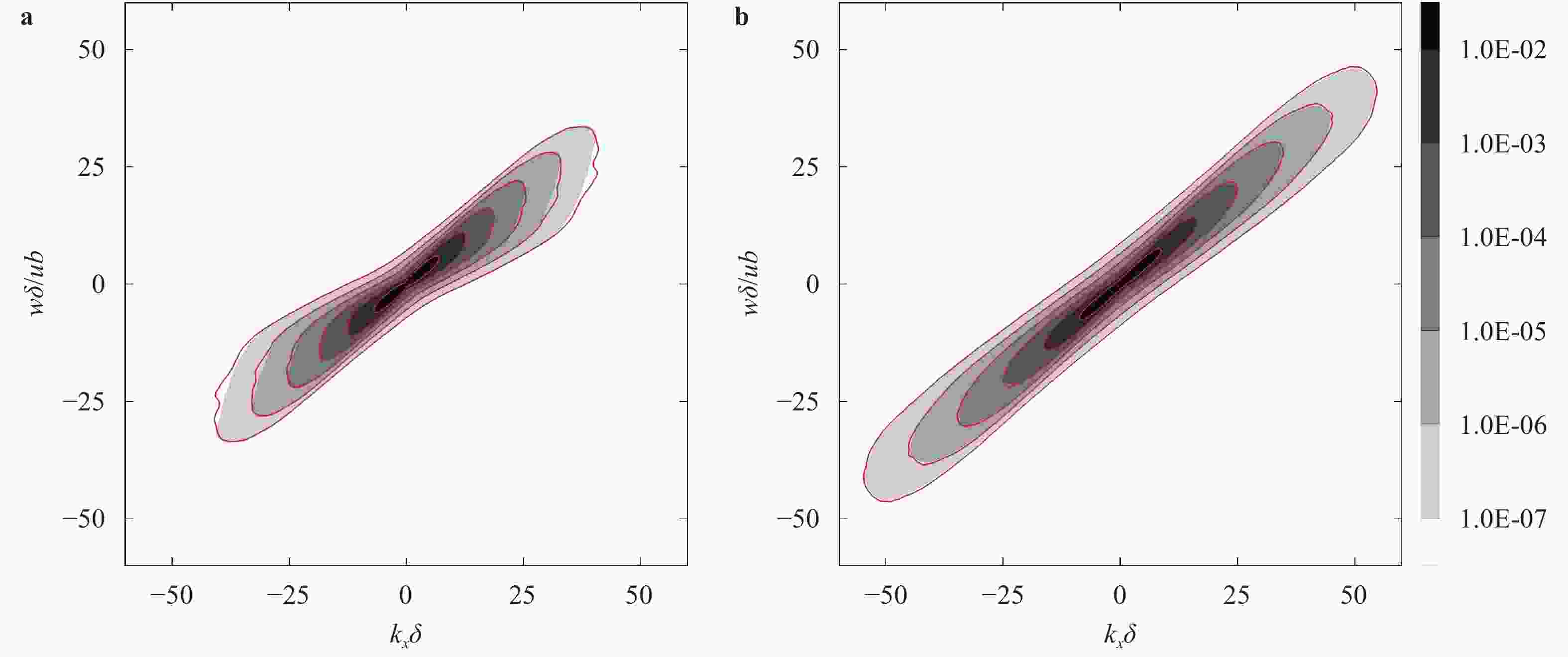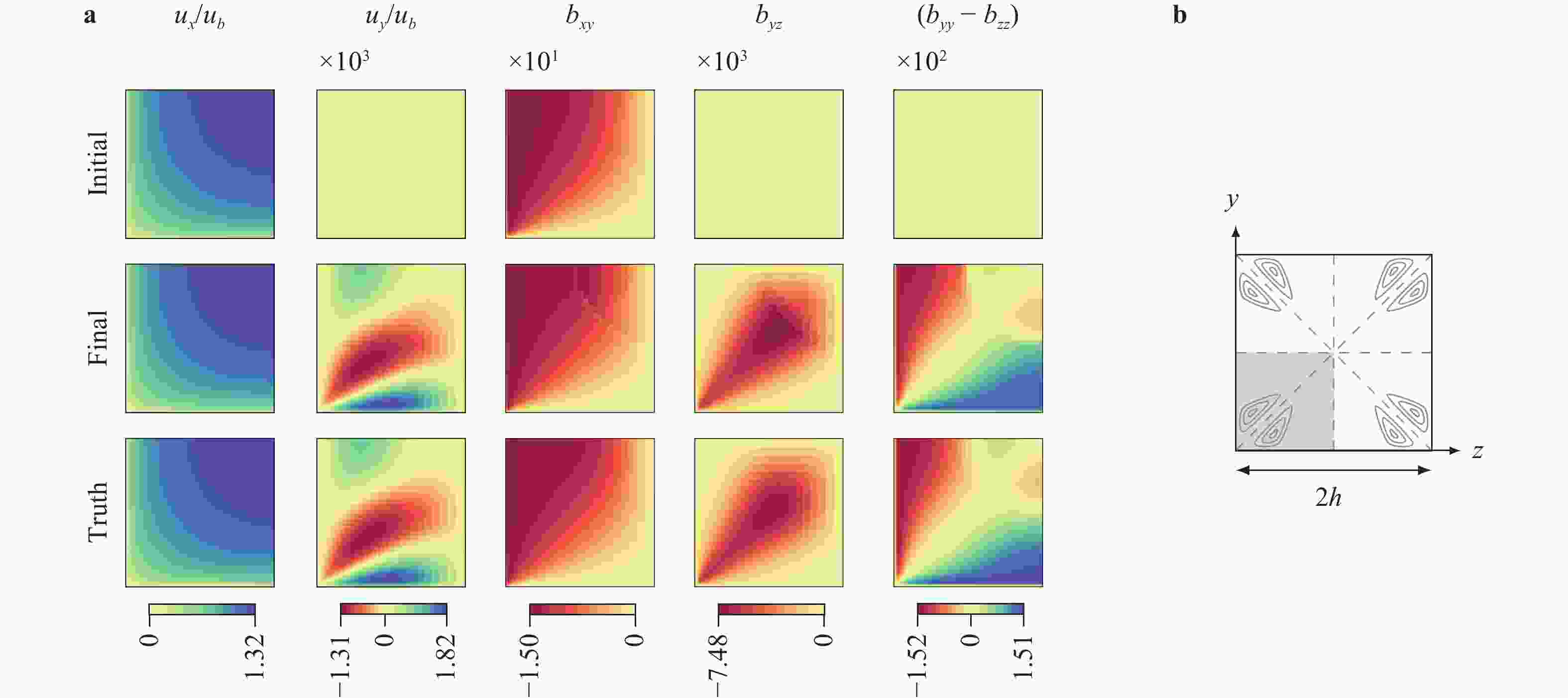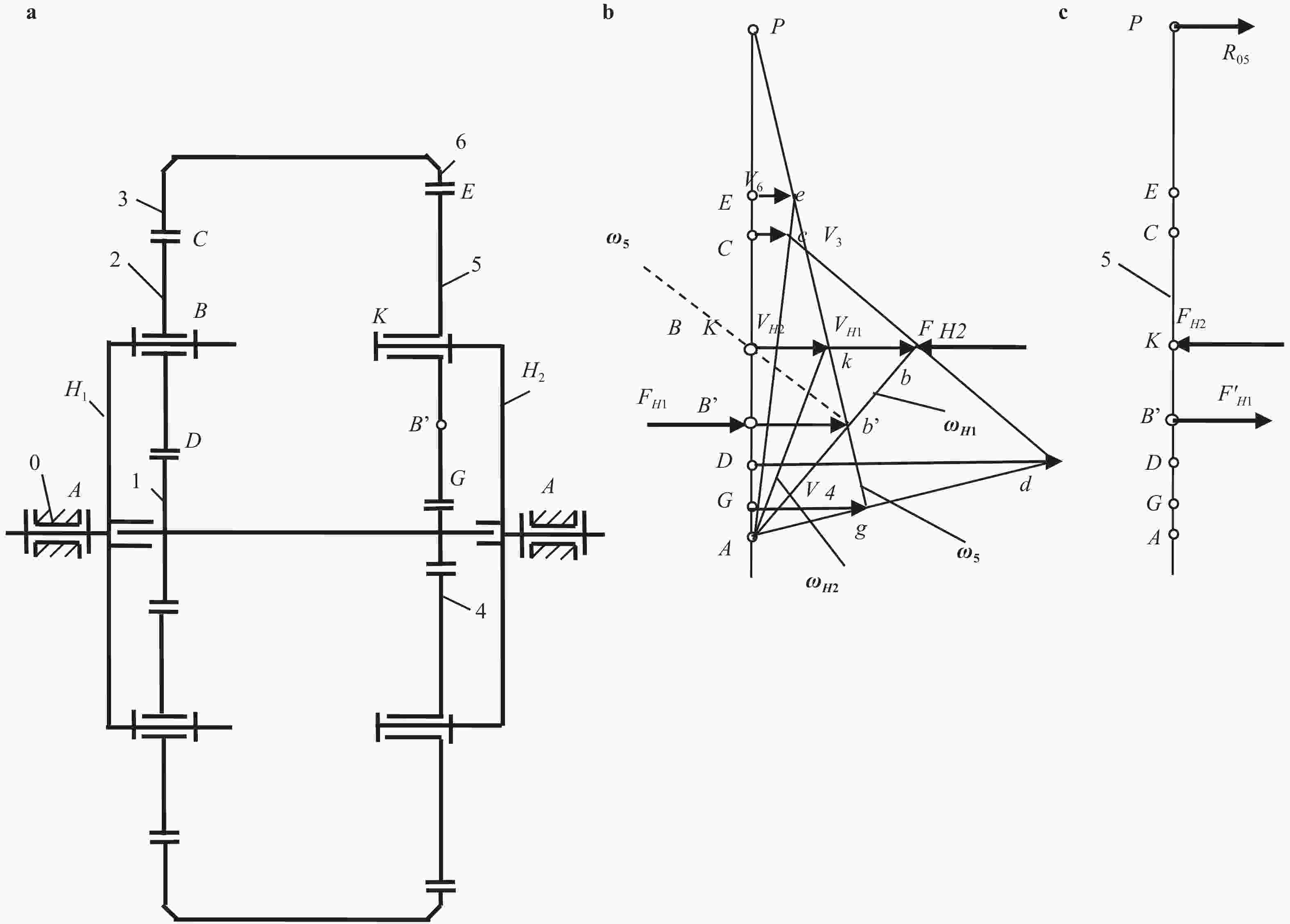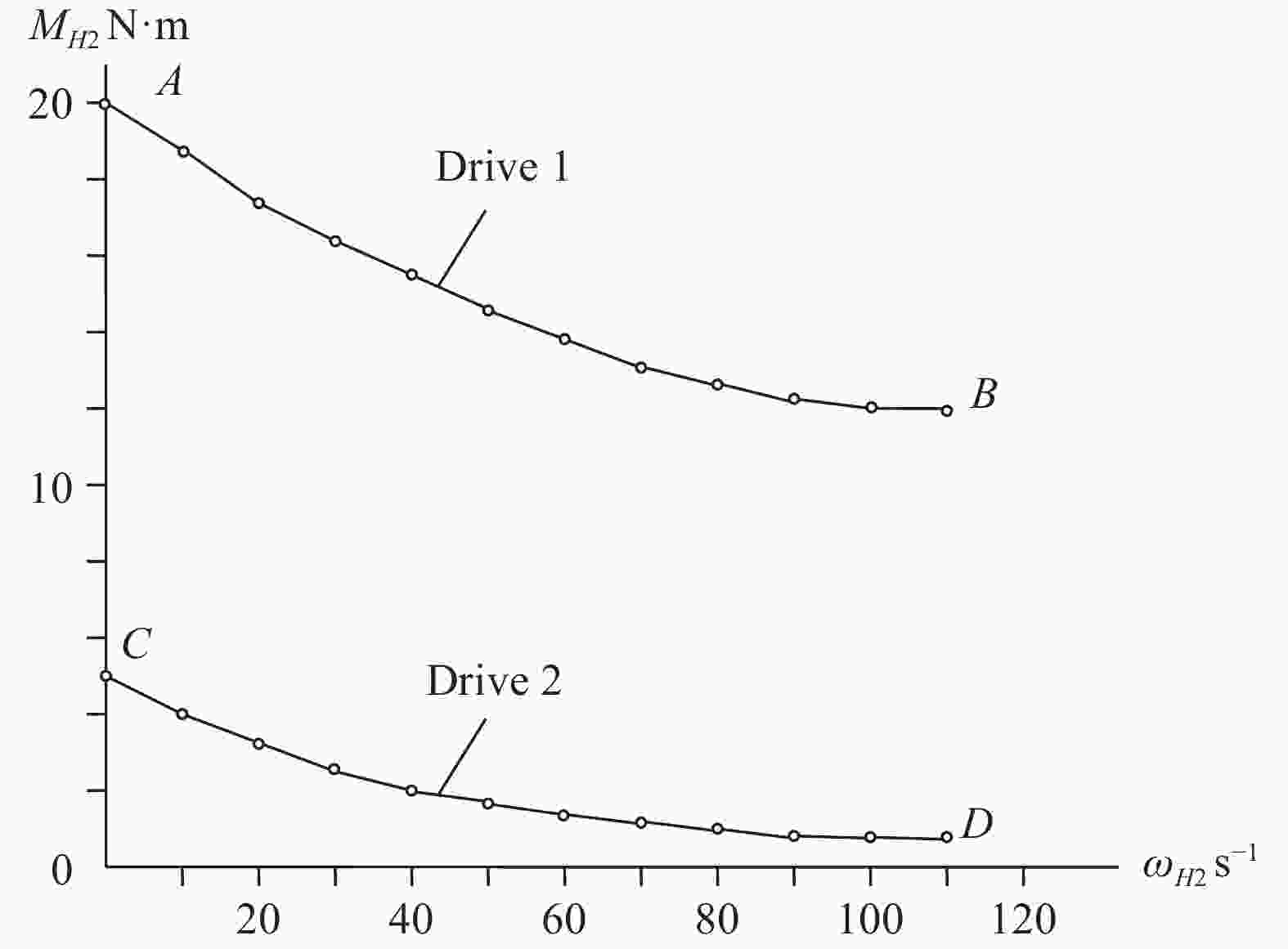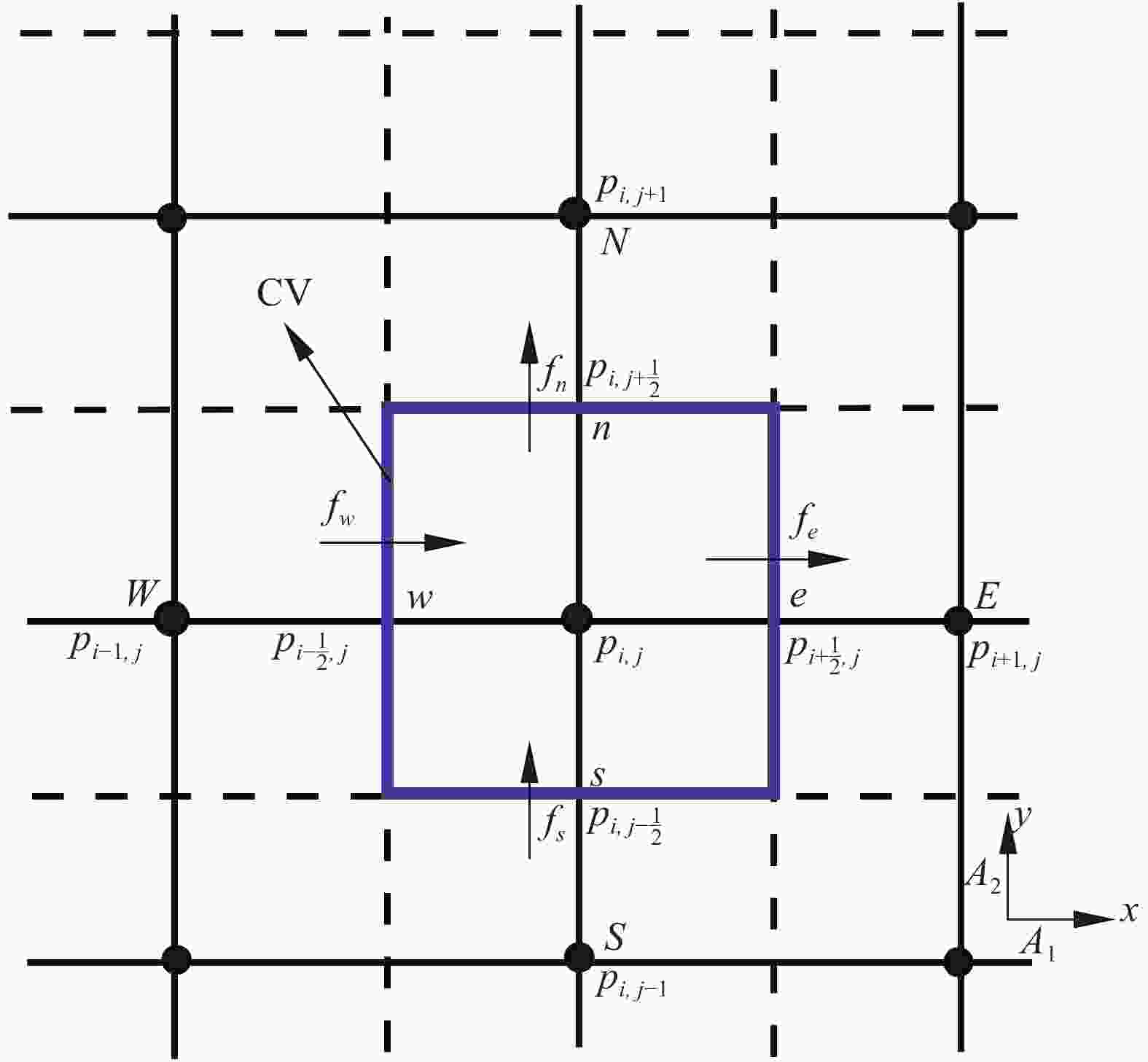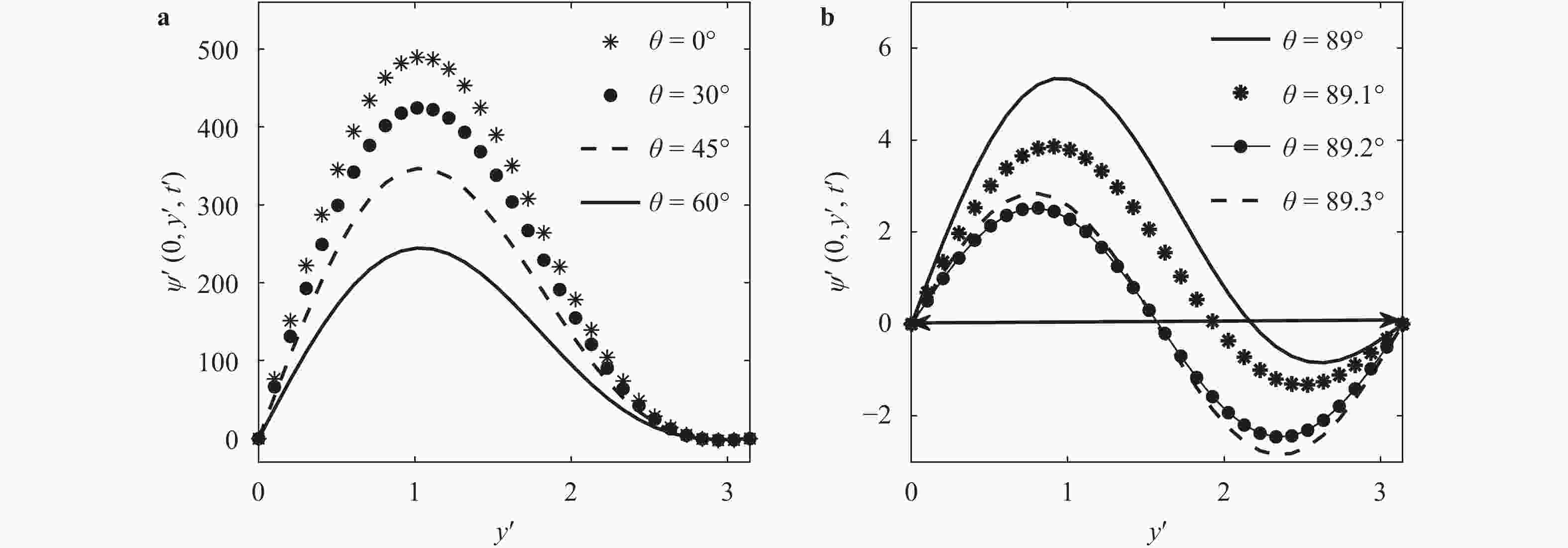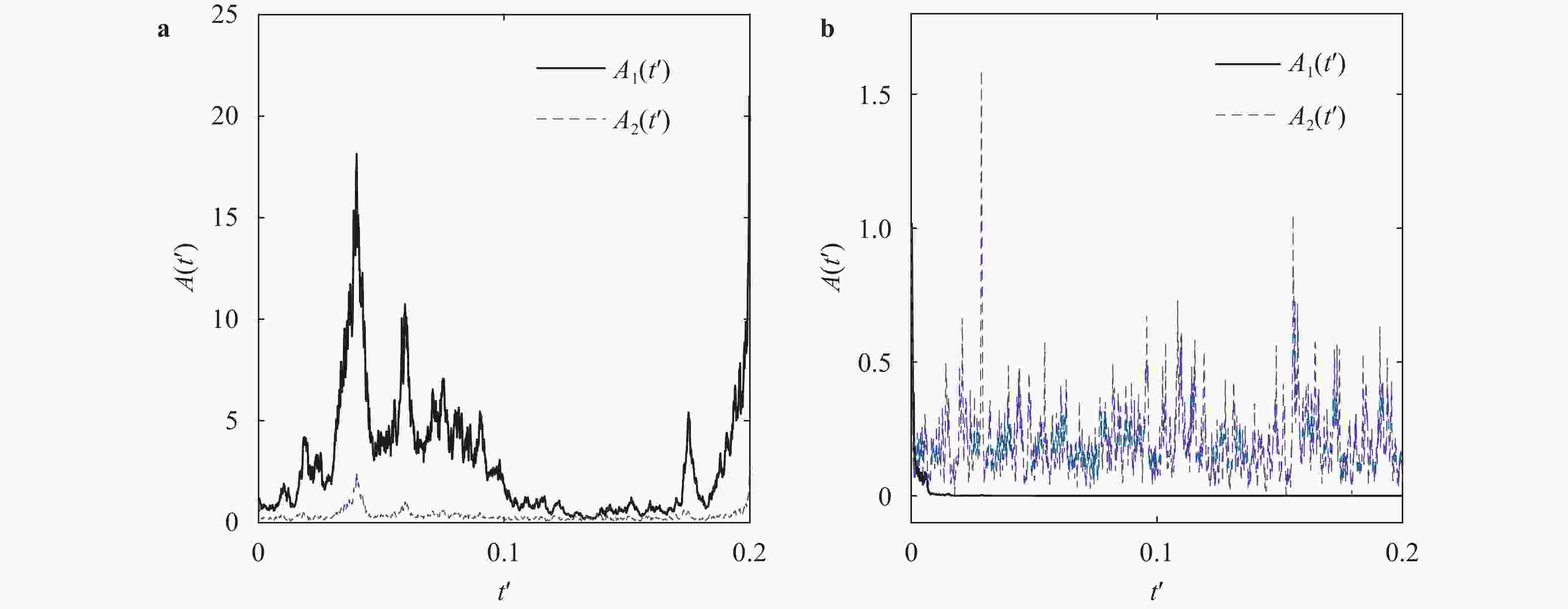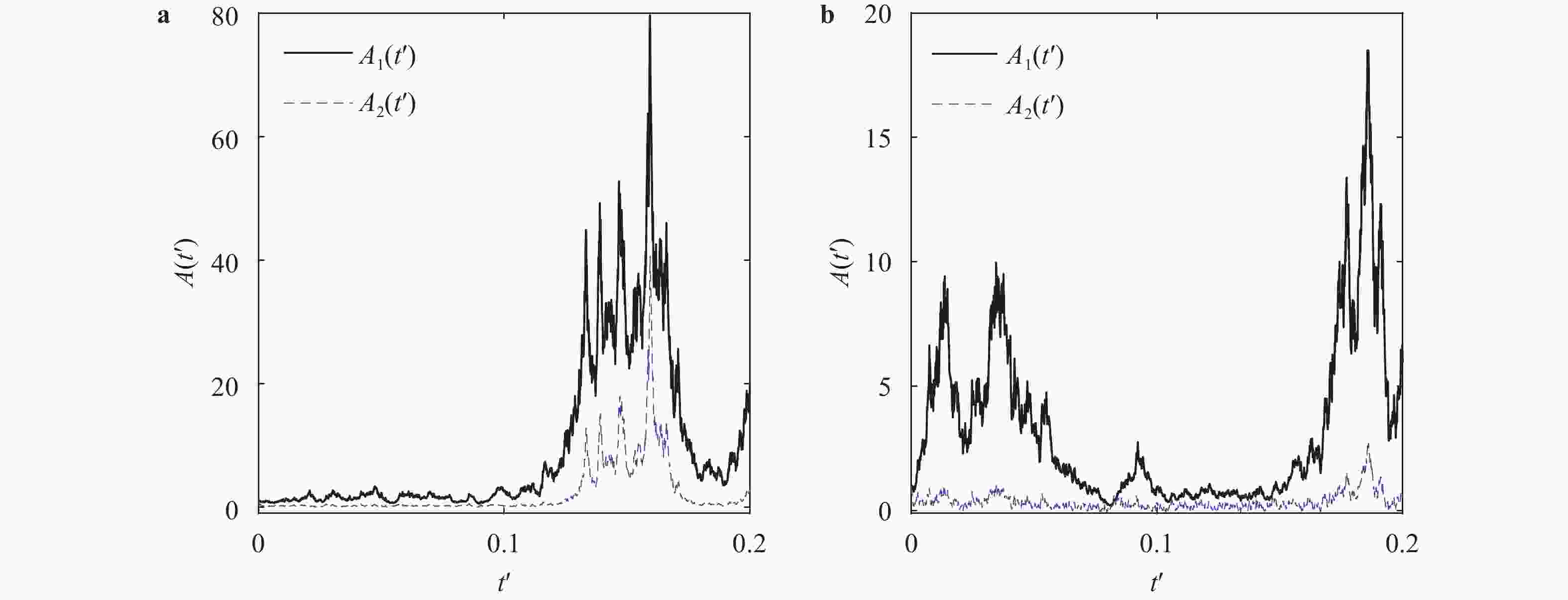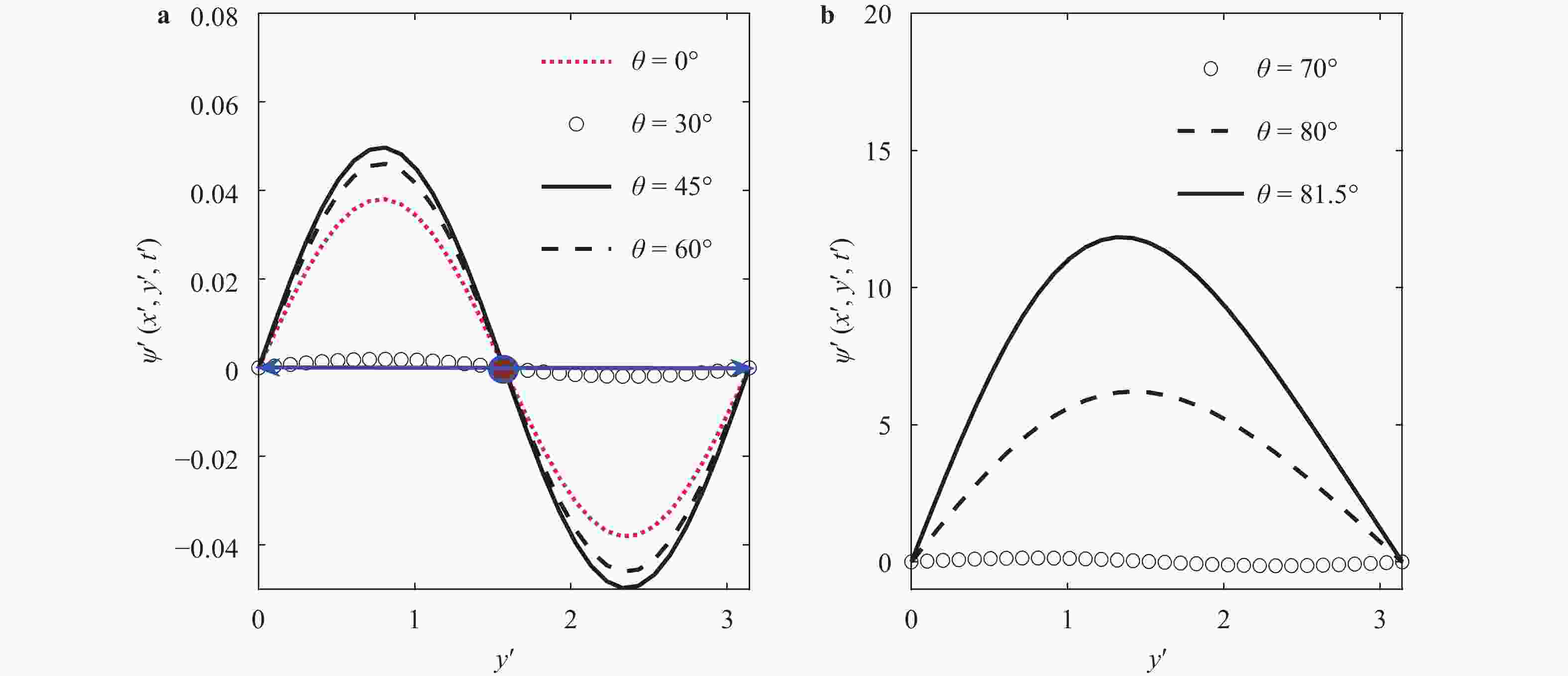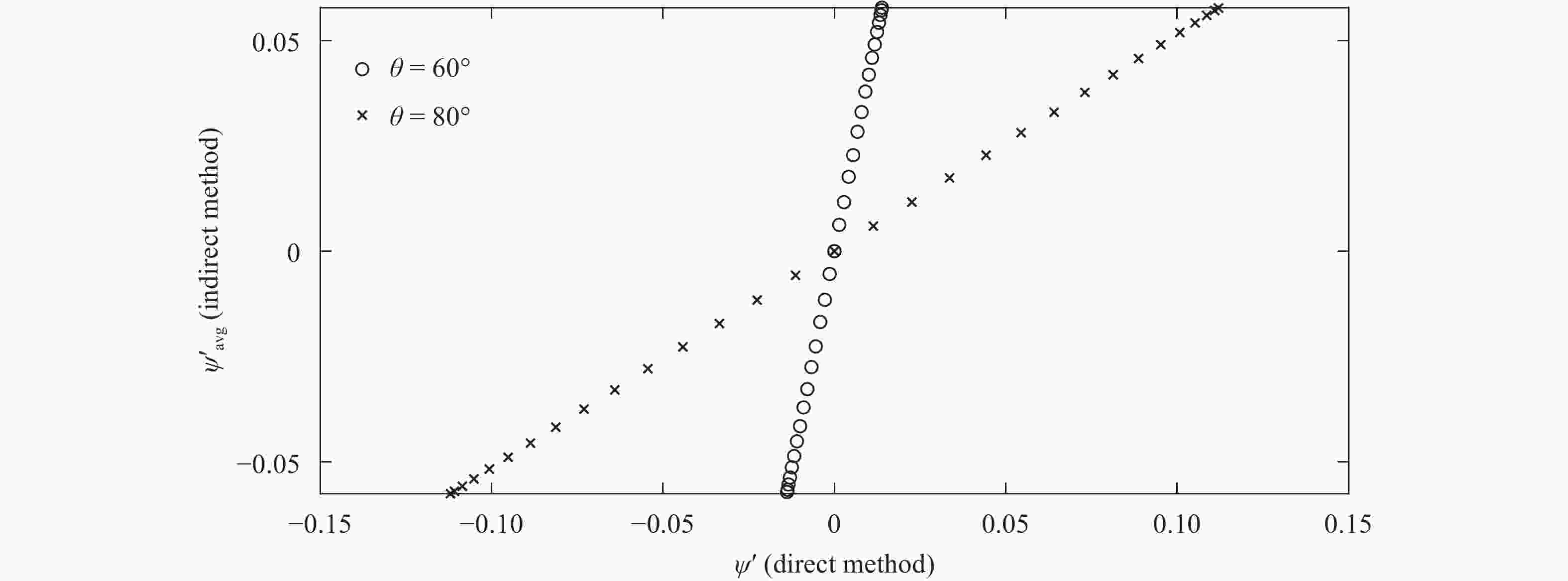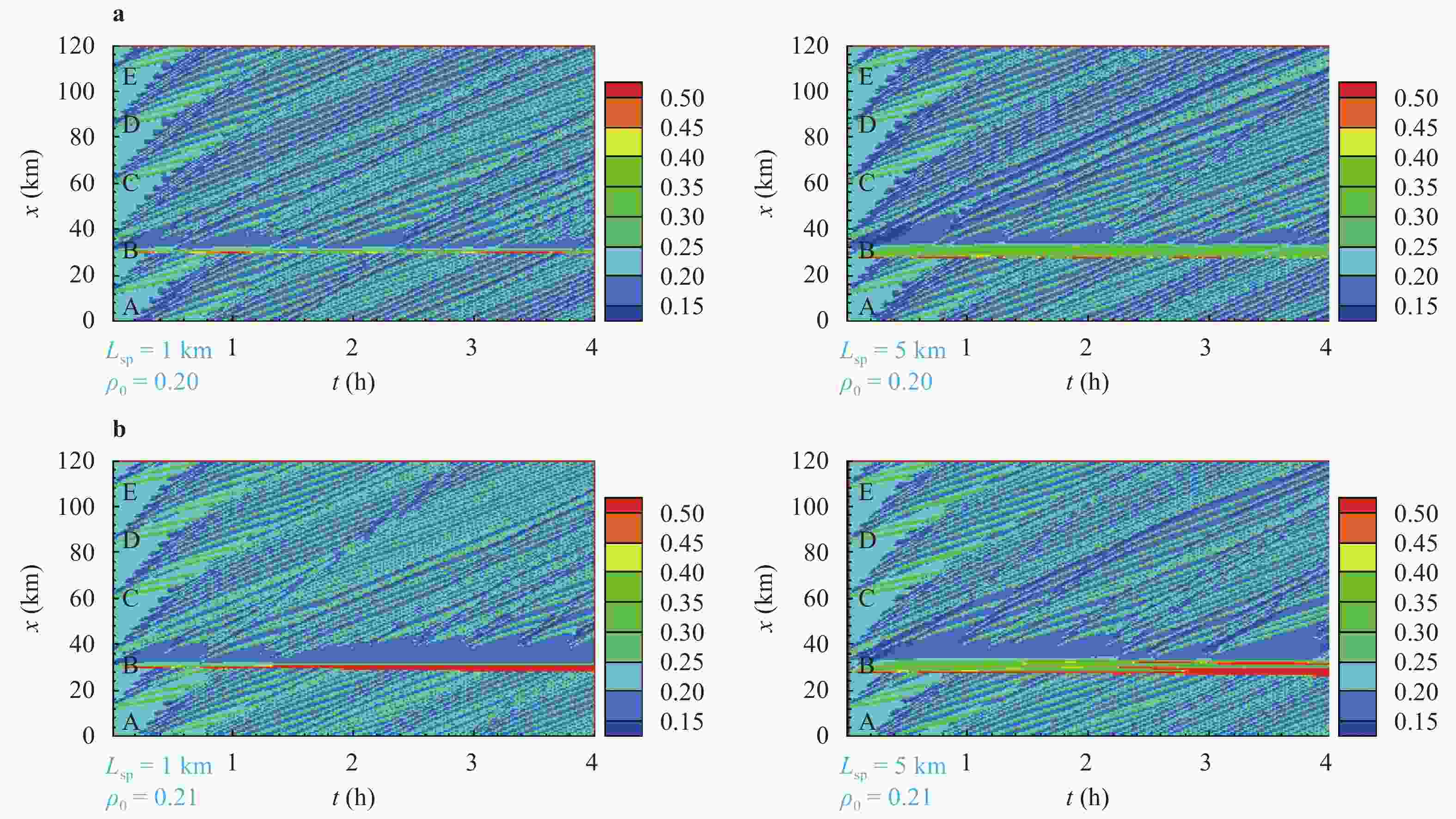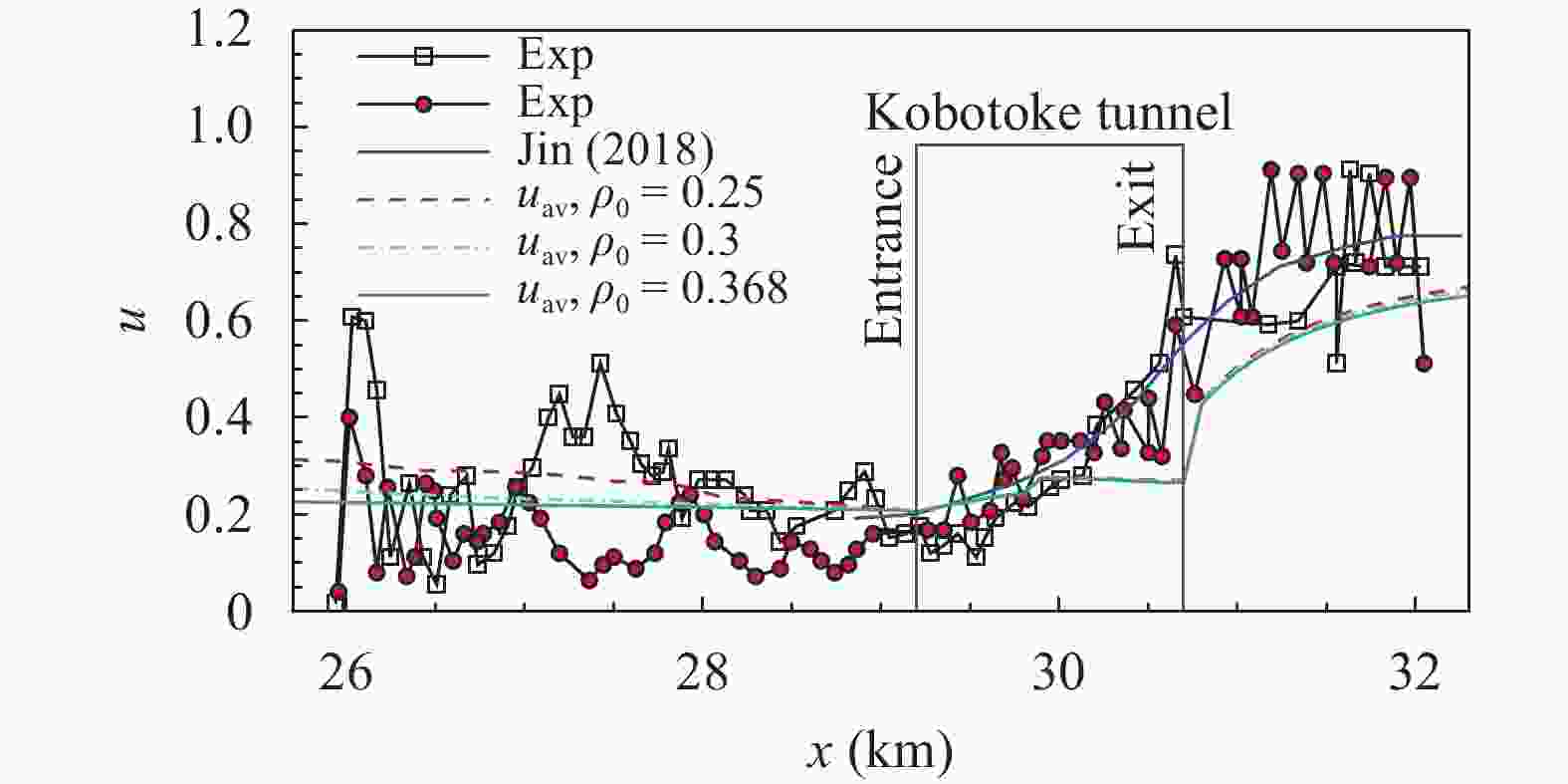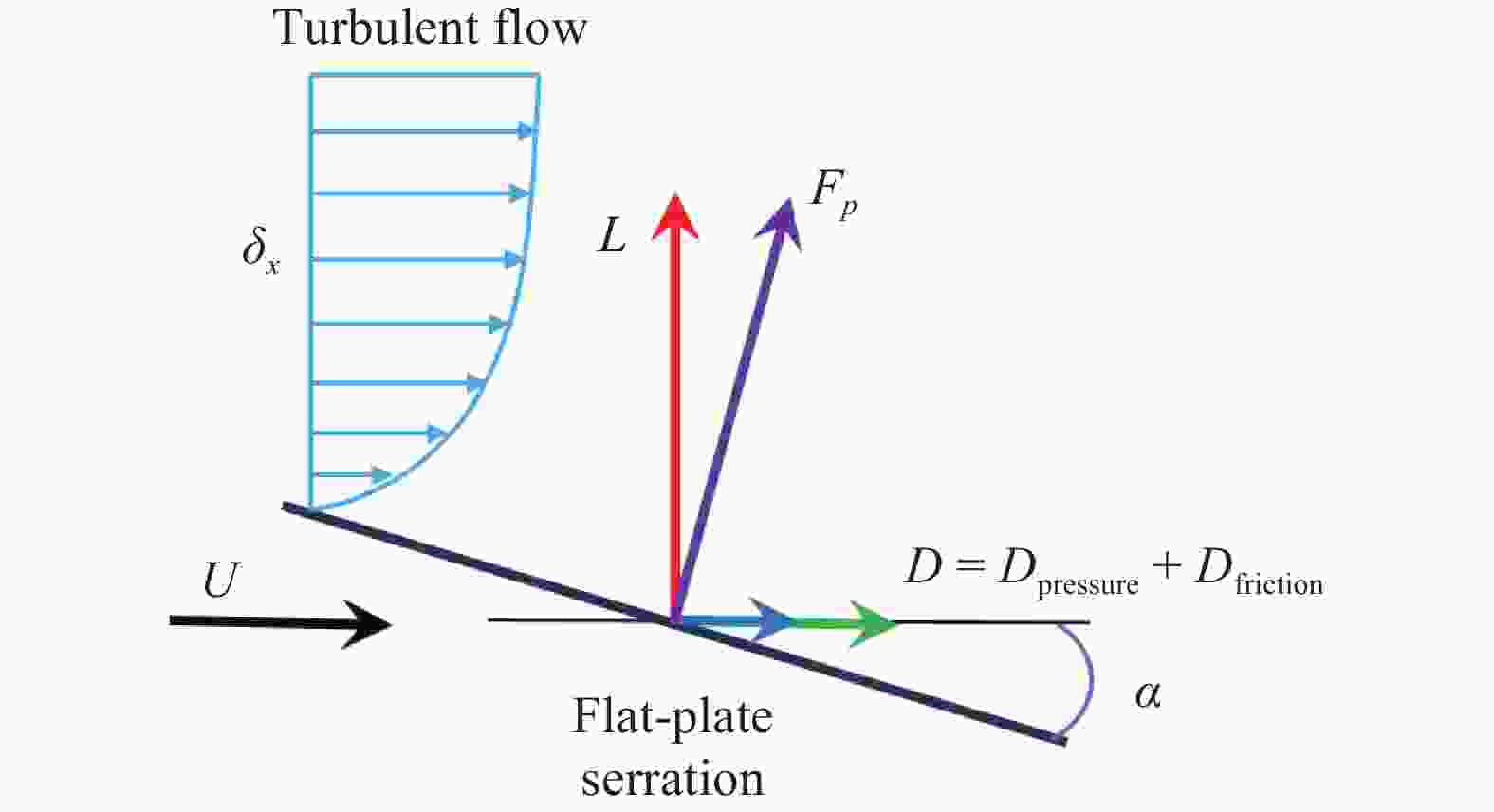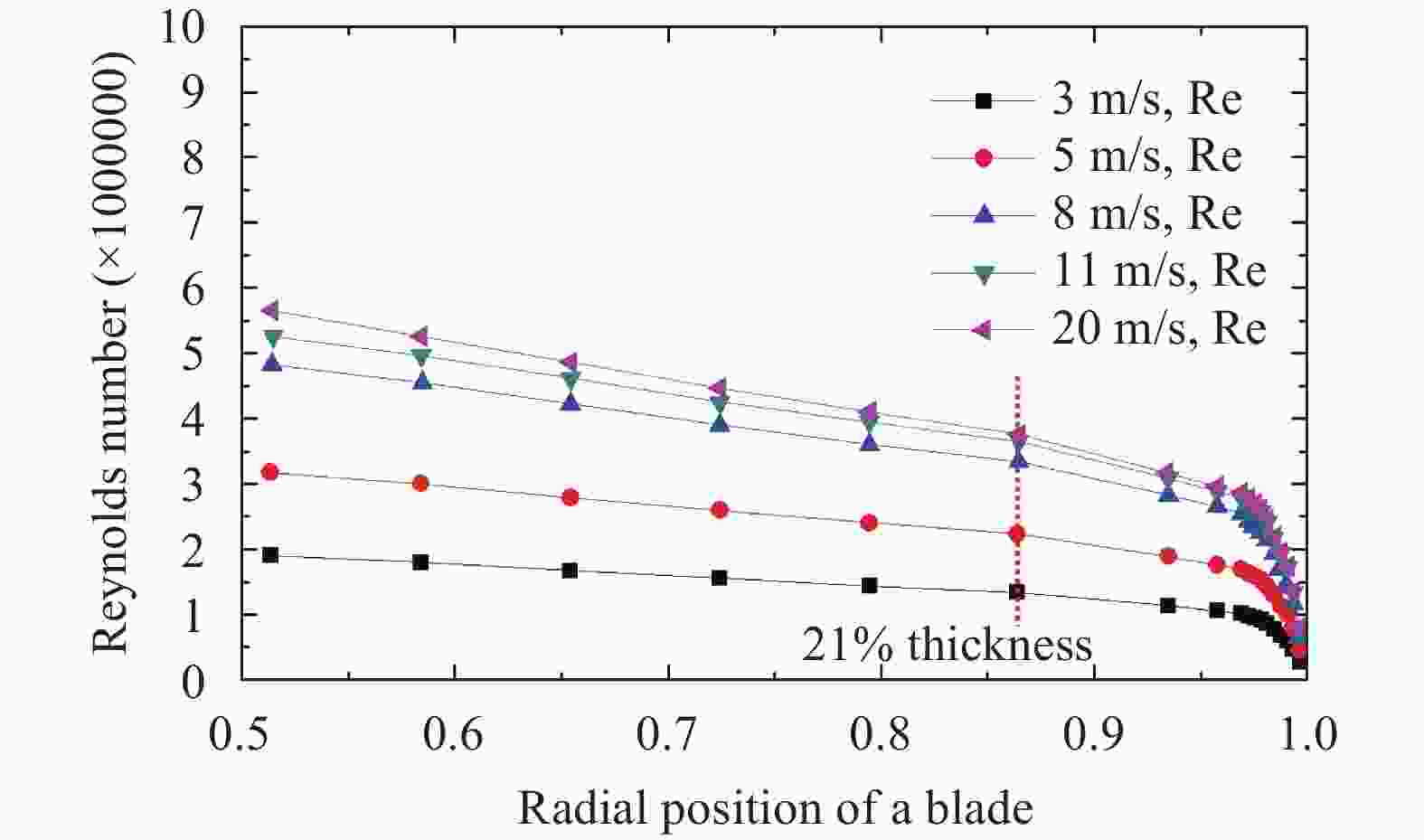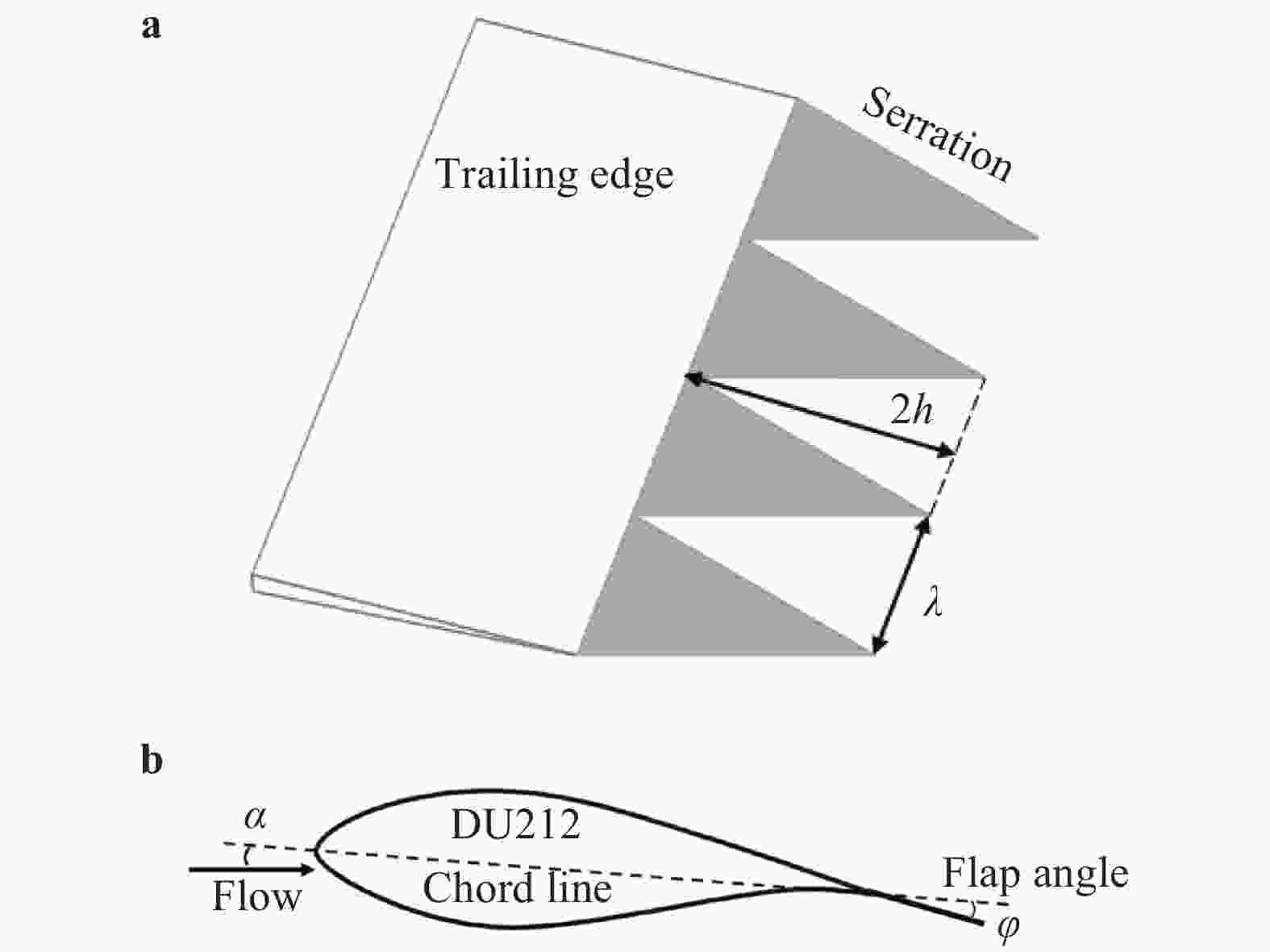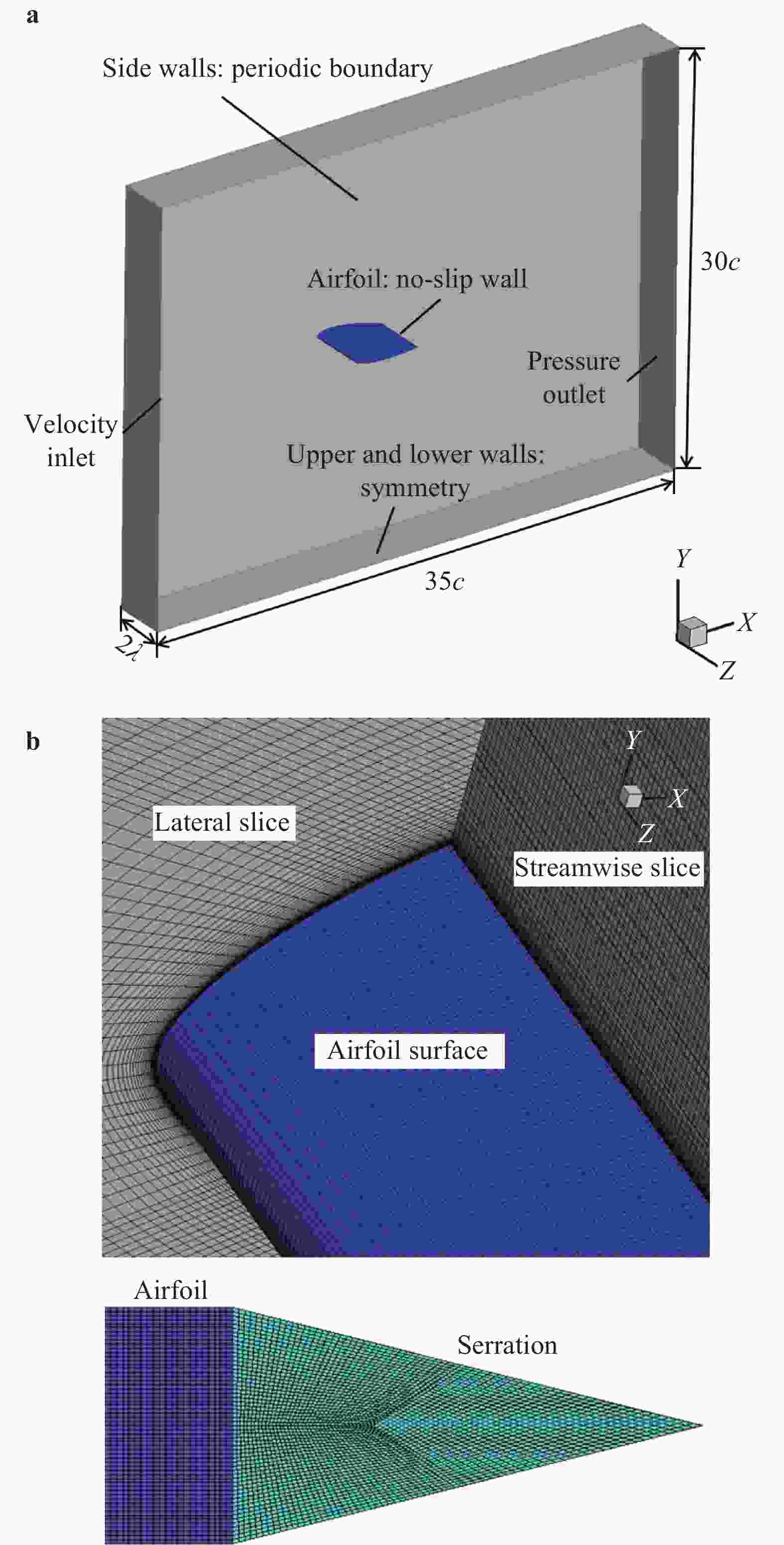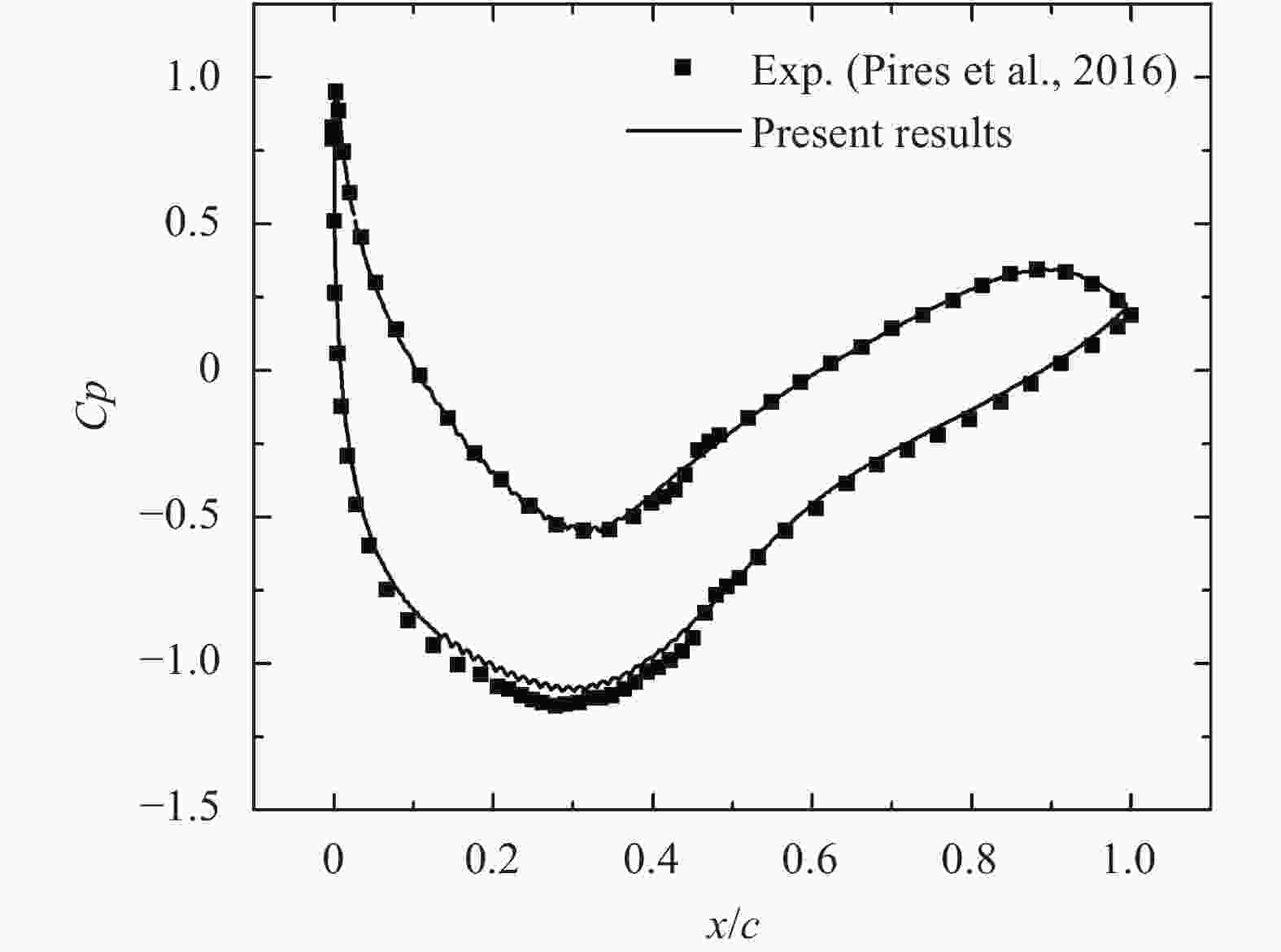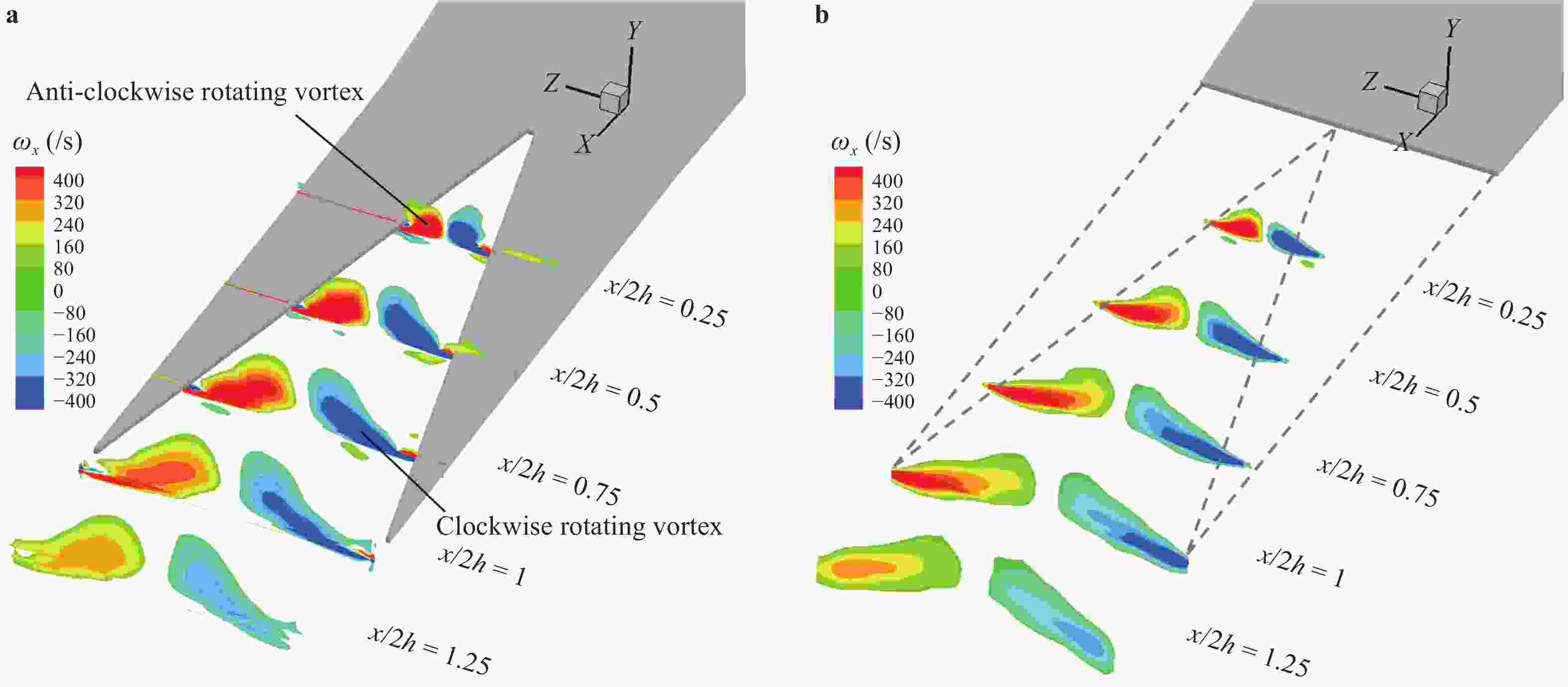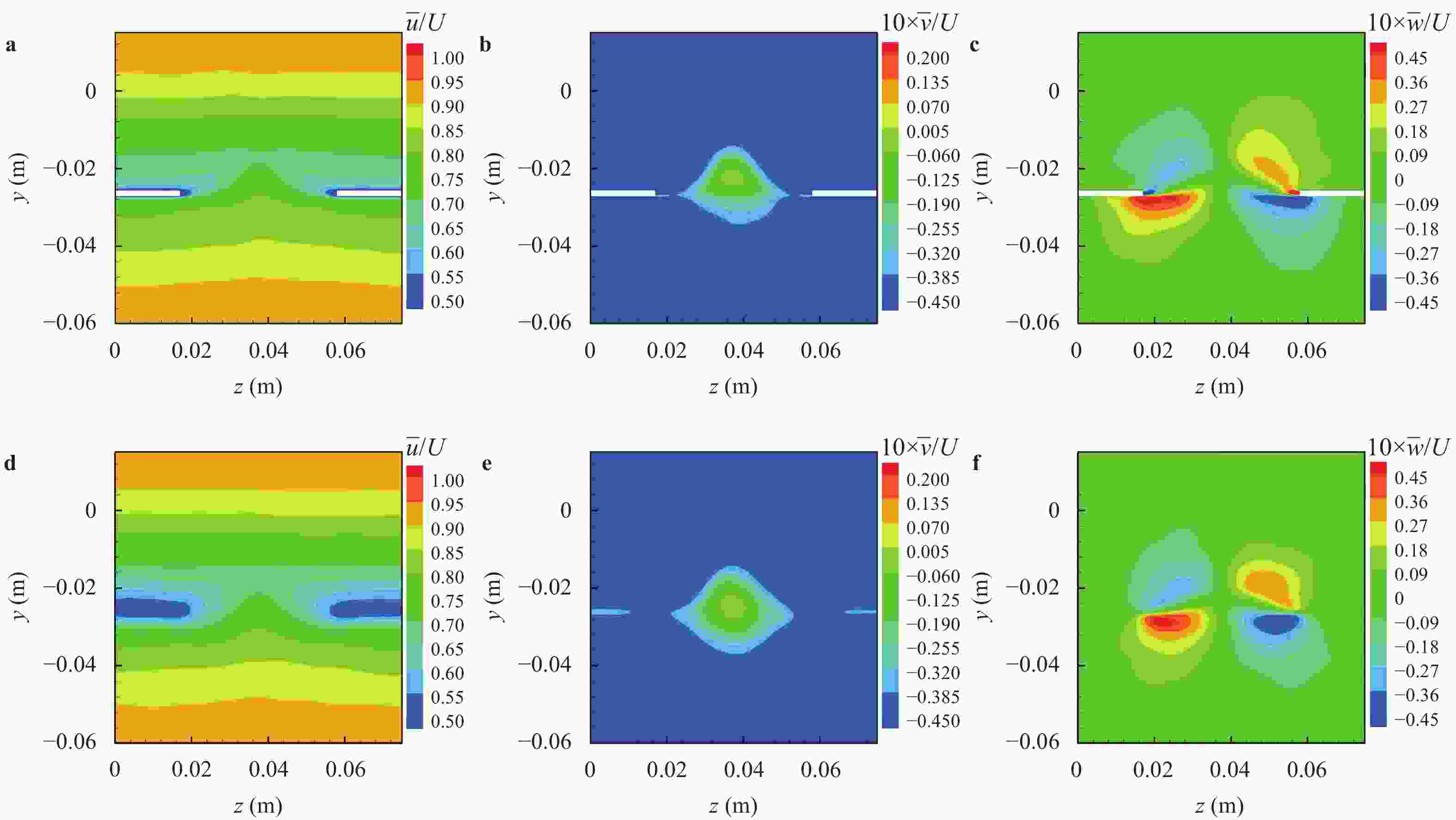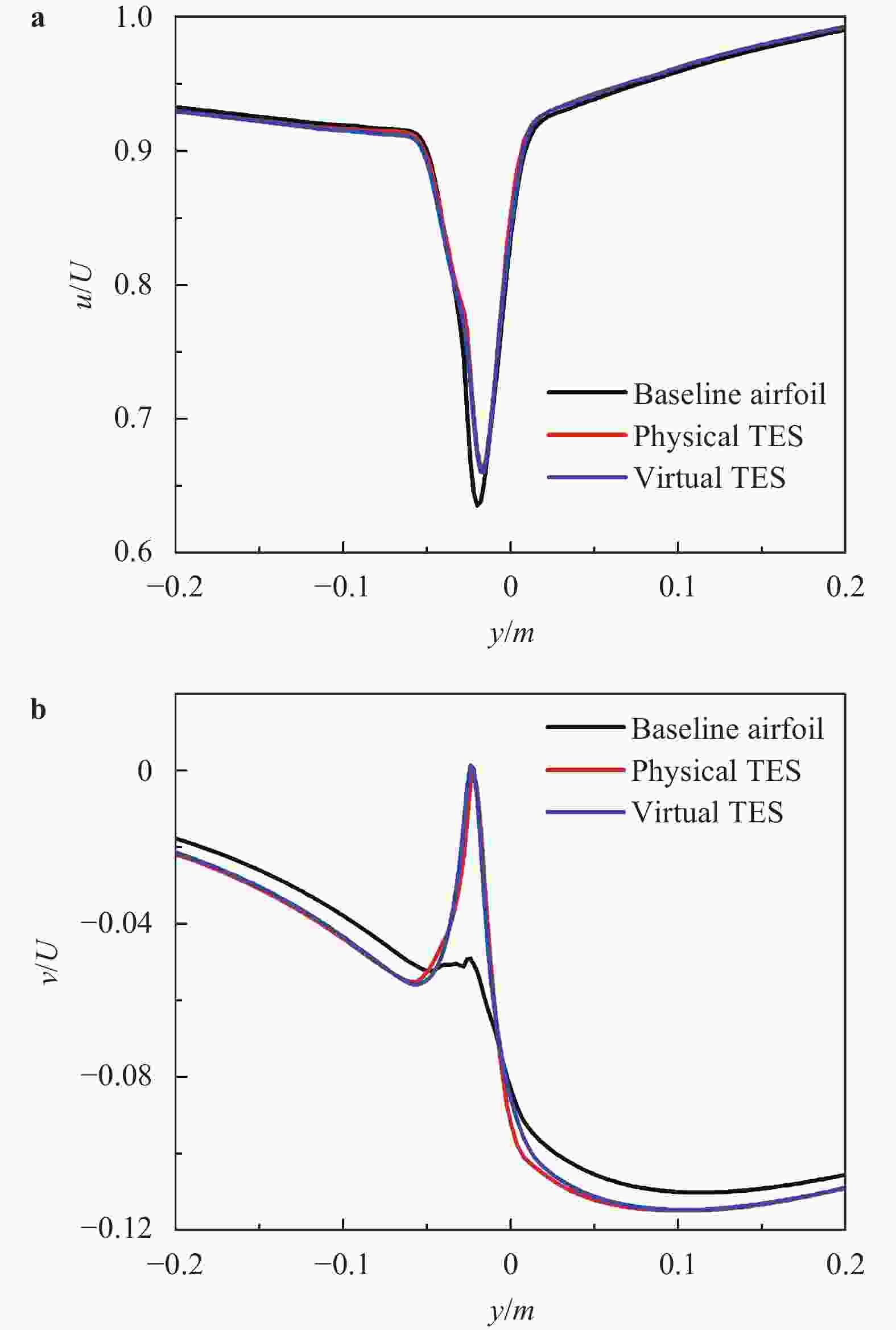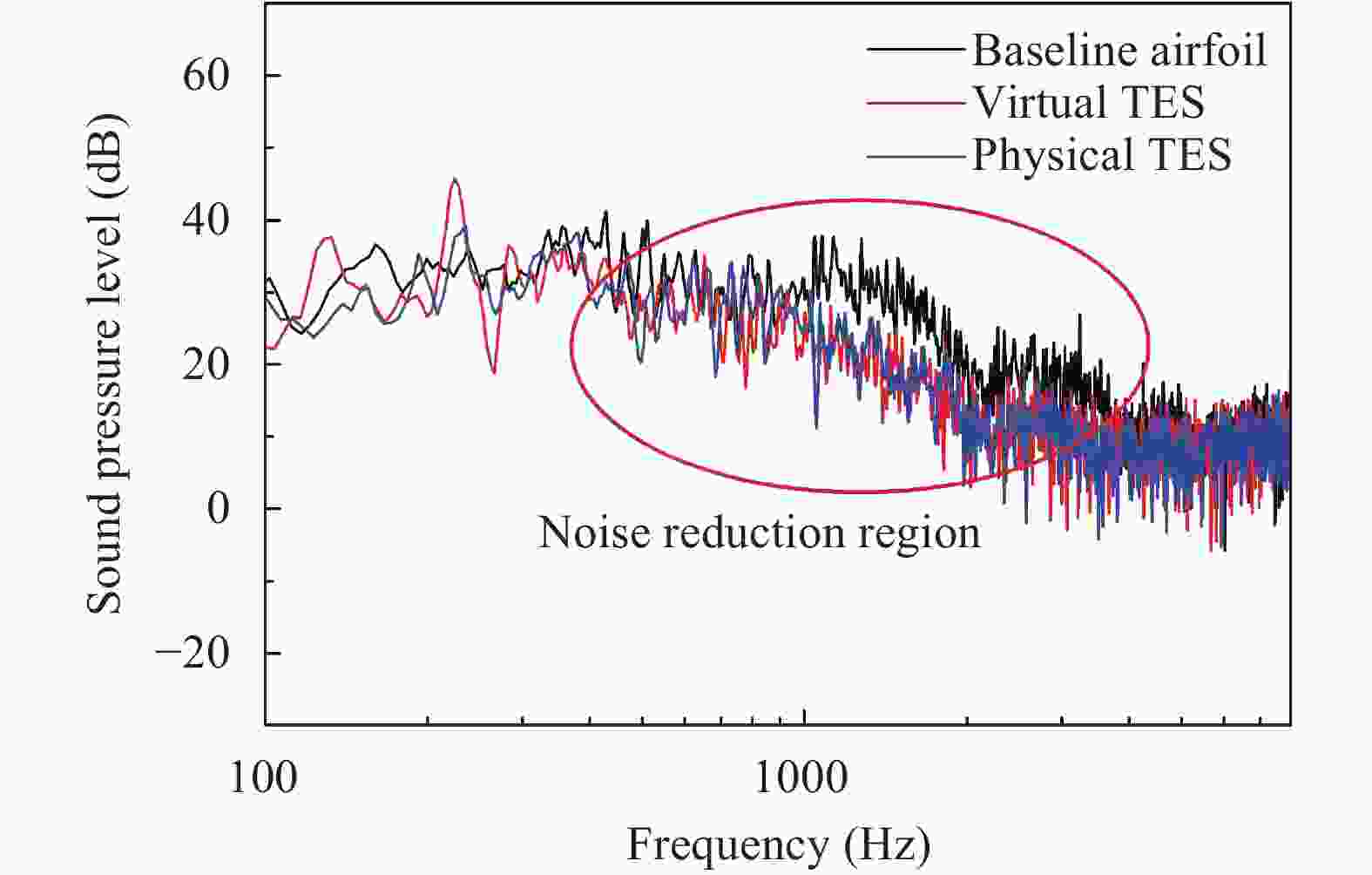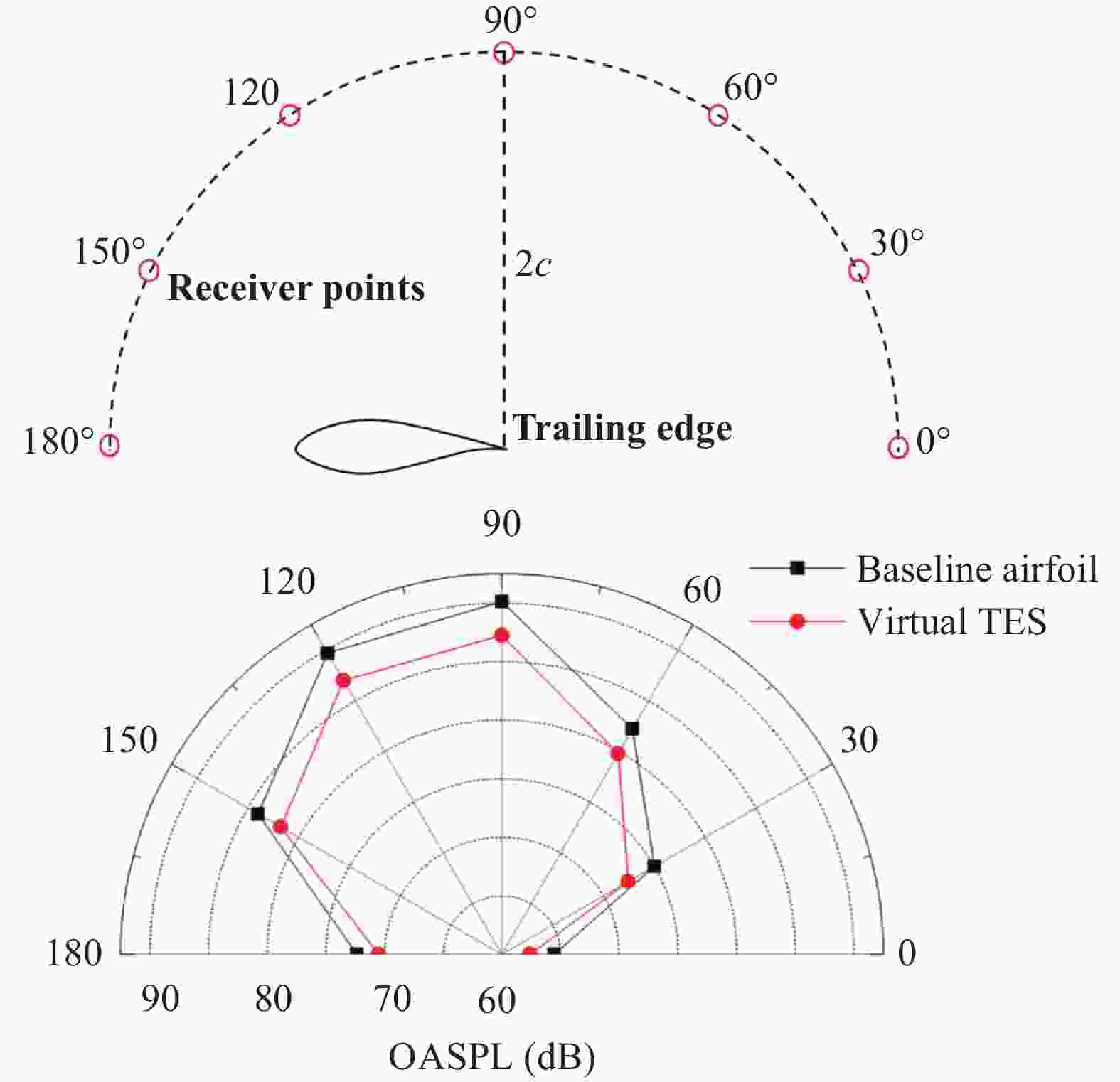Institute of Mechanics,
Chinese Academy of Sciences
2021 Vol.11(4)
Display Mode: |
Theoretical and Applied Mechanics Letters 11 (2021) 100248.
doi: 10.1016/j.taml.2021.100248
Abstract:
We analyze the error of large-eddy simulation (LES) in wall pressure fluctuation of a turbulent channel flow. To separate different sources of the error, we conduct both direct numerical simulations (DNS) and LES, and apply an explicit filter on DNS data to obtain filtered DNS (FDNS) data. The error of LES is consequently decomposed into two parts: The first part is the error of FDNS with respect to DNS, which quantifies the influence of the filter operation. The second part is the difference between LES and FDNS induced by the error of LES in velocity field. By comparing the root-mean-square value and the wavenumber-frequency spectrum of the wall pressure fluctuation, it is found that the inaccuracy of the velocity fluctuations is the dominant source that induces the error of LES in the wall pressure fluctuation. The present study provides a basis on future LES studies of the wall pressure fluctuation.
We analyze the error of large-eddy simulation (LES) in wall pressure fluctuation of a turbulent channel flow. To separate different sources of the error, we conduct both direct numerical simulations (DNS) and LES, and apply an explicit filter on DNS data to obtain filtered DNS (FDNS) data. The error of LES is consequently decomposed into two parts: The first part is the error of FDNS with respect to DNS, which quantifies the influence of the filter operation. The second part is the difference between LES and FDNS induced by the error of LES in velocity field. By comparing the root-mean-square value and the wavenumber-frequency spectrum of the wall pressure fluctuation, it is found that the inaccuracy of the velocity fluctuations is the dominant source that induces the error of LES in the wall pressure fluctuation. The present study provides a basis on future LES studies of the wall pressure fluctuation.
Theoretical and Applied Mechanics Letters 11 (2021) 100258.
doi: 10.1016/j.taml.2021.100258
Abstract:
Flexible electrodes have been widely focused on in recent years due to their special mechanical properties, which can be directly integrated onto human soft tissues to actively take effects on human body or passively monitor human vital signs. These flexible electrodes provide a new routine to realize clinical treatment of accurate thermal ablation in the biological tissues via radiofrequency ablation (RFA). Meanwhile, accurately controlling of thermal field is very significant for the thermal ablation in the clinical therapeutics to prevent the healthy tissue from excessive burning. In this paper, both one-dimensional and two-dimensional axisymmetric analytical models for the electrothermal analysis of radiofrequency ablation considering bio-heat transfer are established, which are verified by finite element analysis (FEA) and in vitro experiments on pig skins. In the model, the electrical field and thermal field are both derived analytically to accurately predict the temperature rise in the biological tissues. Furthermore, parameters, such as the blood flow convection in living tissues and thickness of tissue, have obvious effects on the thermal field in the tissues. They may pave the theoretical foundation and provide guidance of RFA with flexible electrodes in the future.
Flexible electrodes have been widely focused on in recent years due to their special mechanical properties, which can be directly integrated onto human soft tissues to actively take effects on human body or passively monitor human vital signs. These flexible electrodes provide a new routine to realize clinical treatment of accurate thermal ablation in the biological tissues via radiofrequency ablation (RFA). Meanwhile, accurately controlling of thermal field is very significant for the thermal ablation in the clinical therapeutics to prevent the healthy tissue from excessive burning. In this paper, both one-dimensional and two-dimensional axisymmetric analytical models for the electrothermal analysis of radiofrequency ablation considering bio-heat transfer are established, which are verified by finite element analysis (FEA) and in vitro experiments on pig skins. In the model, the electrical field and thermal field are both derived analytically to accurately predict the temperature rise in the biological tissues. Furthermore, parameters, such as the blood flow convection in living tissues and thickness of tissue, have obvious effects on the thermal field in the tissues. They may pave the theoretical foundation and provide guidance of RFA with flexible electrodes in the future.
Theoretical and Applied Mechanics Letters 11 (2021) 100259.
doi: 10.1016/j.taml.2021.100259
Abstract:
A simplified surface correction formulation is proposed to diminish the far-field spurious sound generated by the quadrupole source term in Ffowcs Williams and Hawkings (FW-H) integrals. The proposed formulation utilizes the far-field asymptotics of the Green's function to simplify the computation of its high-order derivatives, which circumvents the difficulties reported in the original frequency-domain surface correction formulation. The proposed formulation has been validated by investigating the benchmark case of sound generated by a convecting vortex. The results show that the proposed formulation successfully eliminates the spurious sound. The applications of the proposed formulation to flows with some special parameters are also discussed.
A simplified surface correction formulation is proposed to diminish the far-field spurious sound generated by the quadrupole source term in Ffowcs Williams and Hawkings (FW-H) integrals. The proposed formulation utilizes the far-field asymptotics of the Green's function to simplify the computation of its high-order derivatives, which circumvents the difficulties reported in the original frequency-domain surface correction formulation. The proposed formulation has been validated by investigating the benchmark case of sound generated by a convecting vortex. The results show that the proposed formulation successfully eliminates the spurious sound. The applications of the proposed formulation to flows with some special parameters are also discussed.
Theoretical and Applied Mechanics Letters 11 (2021) 100279.
doi: 10.1016/j.taml.2021.100279
Abstract:
The immersed boundary method has been widely used for simulating flows over complex geometries. However, its accuracy in predicting the statistics of near-wall turbulence has not been fully tested. In this work, we evaluate the capability of the curvilinear immersed boundary (CURVIB) method in predicting near-wall velocity and pressure fluctuations in turbulent channel flows. Simulation results show that quantities including the time-averaged streamwise velocity, the rms (root-mean-square) of velocity fluctuations, the rms of vorticity fluctuations, the shear stresses, and the correlation coefficients of\begin{document}$ u'$\end{document} ![]()
![]()
\begin{document}$ v'$\end{document} ![]()
![]()
The immersed boundary method has been widely used for simulating flows over complex geometries. However, its accuracy in predicting the statistics of near-wall turbulence has not been fully tested. In this work, we evaluate the capability of the curvilinear immersed boundary (CURVIB) method in predicting near-wall velocity and pressure fluctuations in turbulent channel flows. Simulation results show that quantities including the time-averaged streamwise velocity, the rms (root-mean-square) of velocity fluctuations, the rms of vorticity fluctuations, the shear stresses, and the correlation coefficients of
Theoretical and Applied Mechanics Letters 11 (2021) 100280.
doi: 10.1016/j.taml.2021.100280
Abstract:
The emerging push of the differentiable programming paradigm in scientific computing is conducive to training deep learning turbulence models using indirect observations. This paper demonstrates the viability of this approach and presents an end-to-end differentiable framework for training deep neural networks to learn eddy viscosity models from indirect observations derived from the velocity and pressure fields. The framework consists of a Reynolds-averaged Navier--Stokes (RANS) solver and a neural-network-represented turbulence model, each accompanied by its derivative computations. For computing the sensitivities of the indirect observations to the Reynolds stress field, we use the continuous adjoint equations for the RANS equations, while the gradient of the neural network is obtained via its built-in automatic differentiation capability. We demonstrate the ability of this approach to learn the true underlying turbulence closure when one exists by training models using synthetic velocity data from linear and nonlinear closures. We also train a linear eddy viscosity model using synthetic velocity measurements from direct numerical simulations of the Navier--Stokes equations for which no true underlying linear closure exists. The trained deep-neural-network turbulence model showed predictive capability on similar flows.
The emerging push of the differentiable programming paradigm in scientific computing is conducive to training deep learning turbulence models using indirect observations. This paper demonstrates the viability of this approach and presents an end-to-end differentiable framework for training deep neural networks to learn eddy viscosity models from indirect observations derived from the velocity and pressure fields. The framework consists of a Reynolds-averaged Navier--Stokes (RANS) solver and a neural-network-represented turbulence model, each accompanied by its derivative computations. For computing the sensitivities of the indirect observations to the Reynolds stress field, we use the continuous adjoint equations for the RANS equations, while the gradient of the neural network is obtained via its built-in automatic differentiation capability. We demonstrate the ability of this approach to learn the true underlying turbulence closure when one exists by training models using synthetic velocity data from linear and nonlinear closures. We also train a linear eddy viscosity model using synthetic velocity measurements from direct numerical simulations of the Navier--Stokes equations for which no true underlying linear closure exists. The trained deep-neural-network turbulence model showed predictive capability on similar flows.
Theoretical and Applied Mechanics Letters 11 (2021) 100281.
doi: 10.1016/j.taml.2021.100281
Abstract:
A kinematic chain with two degrees of freedom and one input can have definability of motion only if there is an additional constraint of forces and velocities. Such a chain is a mechanism that has the brand new property of force adaptation.The article presents a kinematic and force analysis of two-mobile adaptive mechanisms and describes the principle of definability of motion.
A kinematic chain with two degrees of freedom and one input can have definability of motion only if there is an additional constraint of forces and velocities. Such a chain is a mechanism that has the brand new property of force adaptation.The article presents a kinematic and force analysis of two-mobile adaptive mechanisms and describes the principle of definability of motion.
Theoretical and Applied Mechanics Letters 11 (2021) 100282.
doi: 10.1016/j.taml.2021.100282
Abstract:
Ocean basin is modeled as a two-dimensional closed, bounded domain in which the fluid flow is governed by the complex partial differential equations in the flow function. Keeping in view that the ocean currents are non-viscous, no normal flow conditions are used at the basin boundaries. The parameters investigated here are; Coriolis parameter, wind stress coefficient, and latitude. Stochastic differential equations in time scales are solved by deterministic and stochastic methods. Deterministic results concluded that streamlines are symmetric about stagnation point (no flow) for\begin{document}$0<R_{p}<6.57$\end{document} ![]()
![]()
\begin{document}$0<R_{p}<79$\end{document} ![]()
![]()
Ocean basin is modeled as a two-dimensional closed, bounded domain in which the fluid flow is governed by the complex partial differential equations in the flow function. Keeping in view that the ocean currents are non-viscous, no normal flow conditions are used at the basin boundaries. The parameters investigated here are; Coriolis parameter, wind stress coefficient, and latitude. Stochastic differential equations in time scales are solved by deterministic and stochastic methods. Deterministic results concluded that streamlines are symmetric about stagnation point (no flow) for
Theoretical and Applied Mechanics Letters 11 (2021) 100283.
doi: 10.1016/j.taml.2021.100283
Abstract:
To explore tunnel effects on ring road traffic flow, a macroscopic urgent-gentle class traffic model is put forward. The model identifies vehicles with urgent and gentle classes, chooses the tunnel speed limit as free flow speed to express the fundamental diagram in the tunnel, and adopts algebraic expressions to describe traffic pressure and sound speed. With two speed trajectories at the Kobotoke tunnel in Japan, the model is validated, with good agreement with observed data. Numerical results indicate that in the case of having no ramp effects, tunnel mean travel time is almost constant dependent on tunnel length. When initial density normalized by jam density is above a threshold of about 0.21, a traffic shock wave originates at the tunnel entrance and propagates backward. Such a threshold drops slightly as a result of on-ramp merging effect, the mean travel time drops as off-ramp diversion effect intensifies gradually. These findings deepen the understanding of tunnel effects on traffic flow in reality.
To explore tunnel effects on ring road traffic flow, a macroscopic urgent-gentle class traffic model is put forward. The model identifies vehicles with urgent and gentle classes, chooses the tunnel speed limit as free flow speed to express the fundamental diagram in the tunnel, and adopts algebraic expressions to describe traffic pressure and sound speed. With two speed trajectories at the Kobotoke tunnel in Japan, the model is validated, with good agreement with observed data. Numerical results indicate that in the case of having no ramp effects, tunnel mean travel time is almost constant dependent on tunnel length. When initial density normalized by jam density is above a threshold of about 0.21, a traffic shock wave originates at the tunnel entrance and propagates backward. Such a threshold drops slightly as a result of on-ramp merging effect, the mean travel time drops as off-ramp diversion effect intensifies gradually. These findings deepen the understanding of tunnel effects on traffic flow in reality.
Theoretical and Applied Mechanics Letters 11 (2021) 100284.
doi: 10.1016/j.taml.2021.100284
Abstract:
Trailing edge serrations (TESs) are capable of noticeably suppressing the turbulent trailing edge noise induced by rotating wind turbine blades and become an integral part of a blade. However, the challenges involved in the dimensional design of serration height 2\begin{document}$ h $\end{document} ![]()
![]()
\begin{document}$ \lambda $\end{document} ![]()
![]()
\begin{document}$ \varphi $\end{document} ![]()
![]()
Trailing edge serrations (TESs) are capable of noticeably suppressing the turbulent trailing edge noise induced by rotating wind turbine blades and become an integral part of a blade. However, the challenges involved in the dimensional design of serration height 2
 Submit a Paper
Submit a Paper
 Subscription
Subscription
News
MORE+
Call for Papers
MORE+
- Crossing-Mechanics Driven by Big Data
- Machine learning in the fluid mechanics research of wind energy
- Mechanics of Origami/Kirigami structures and metamaterials
- New insights and perspectives on impact biomechanics for human tissues: from injury prevention, protection to protective equipment
- Environmental Mechanics for Extreme Natural Events



